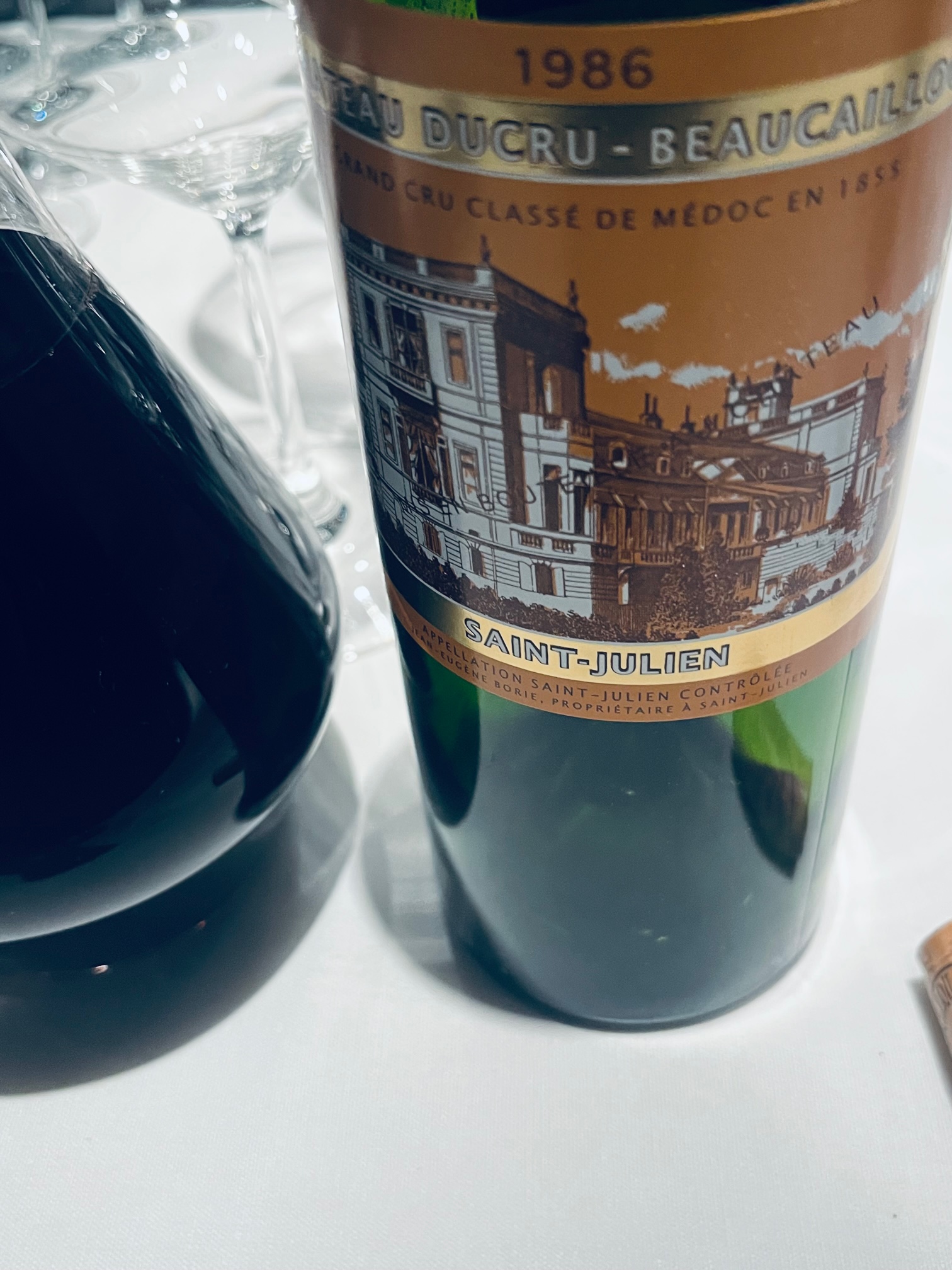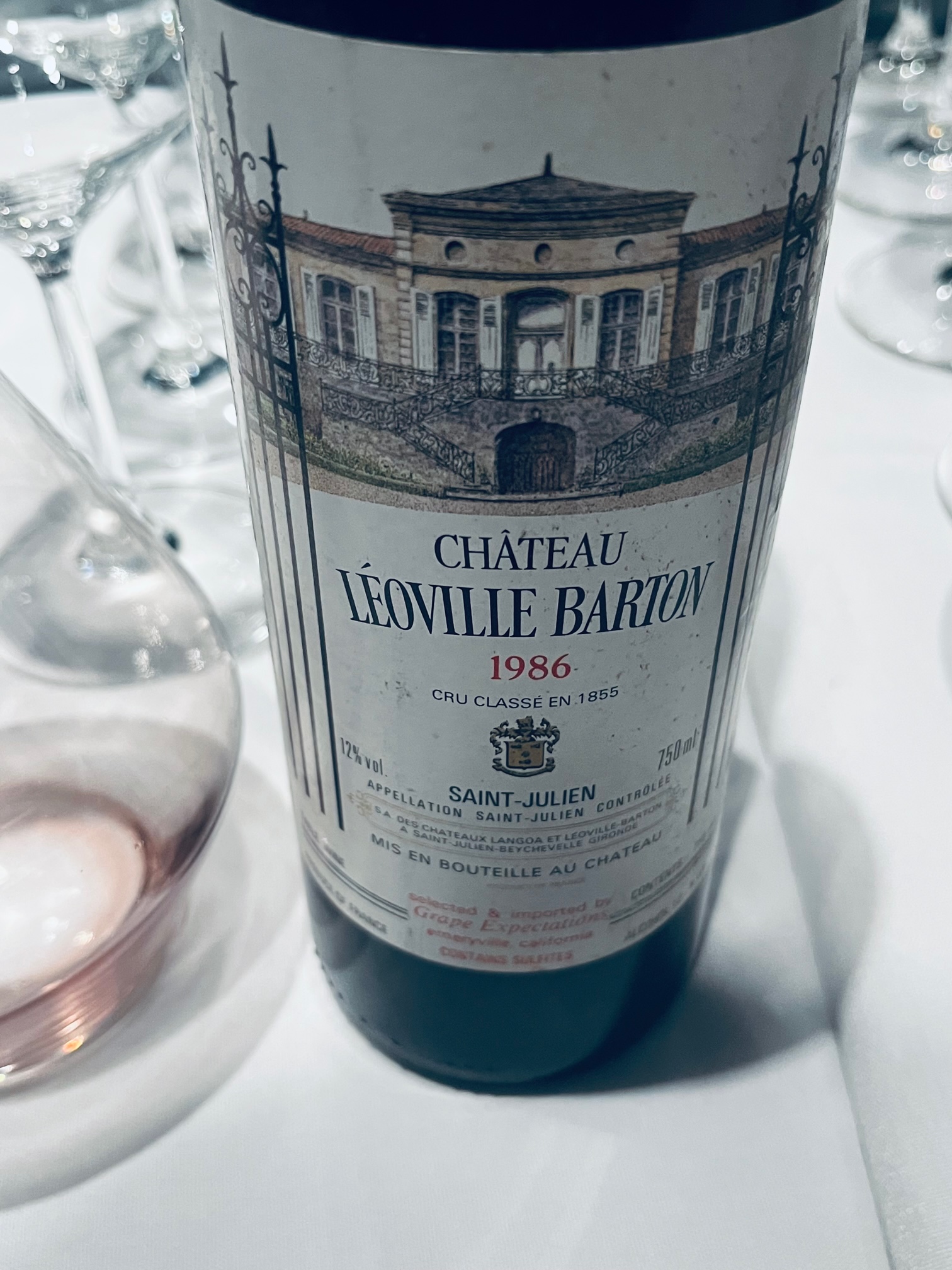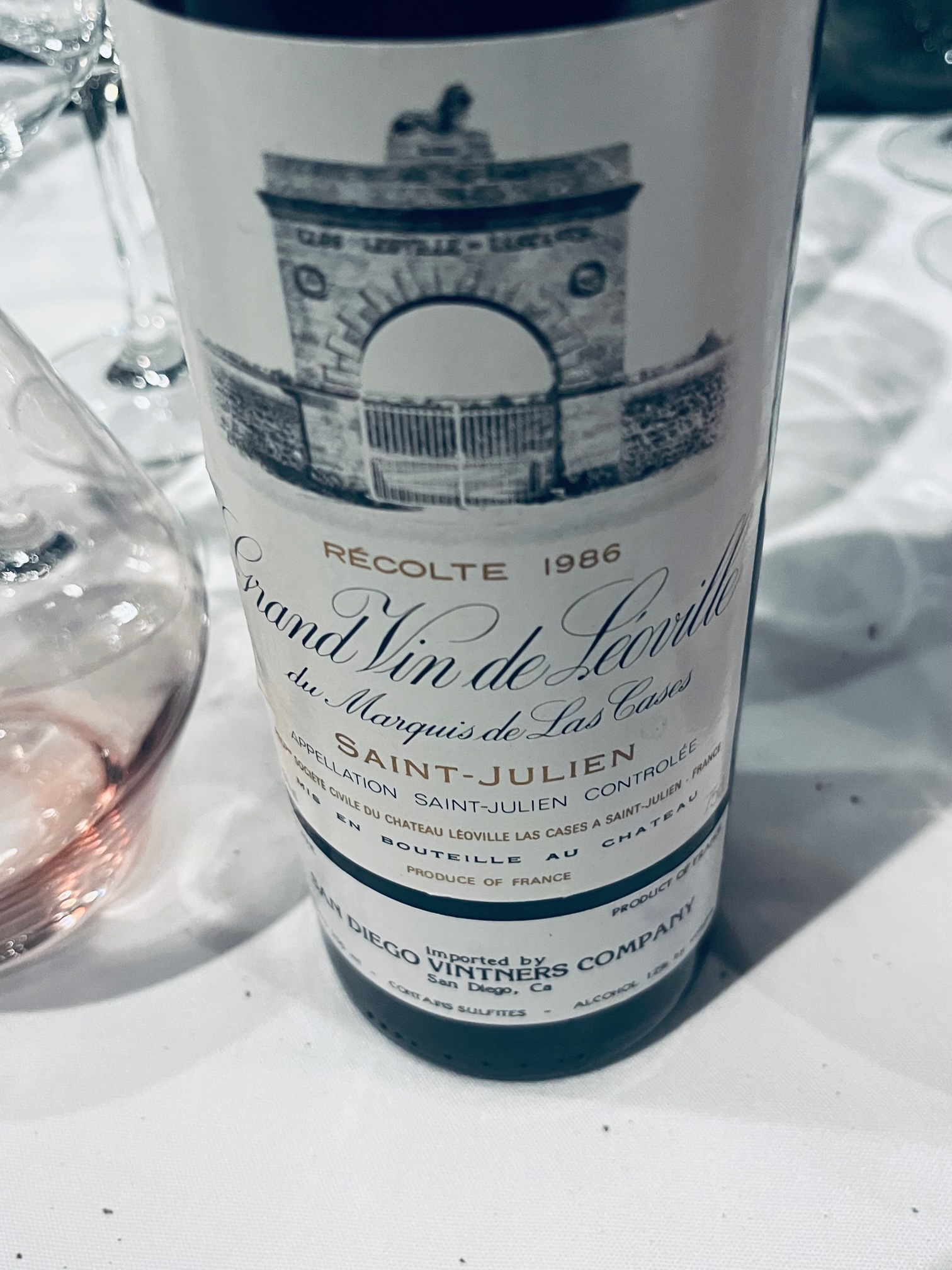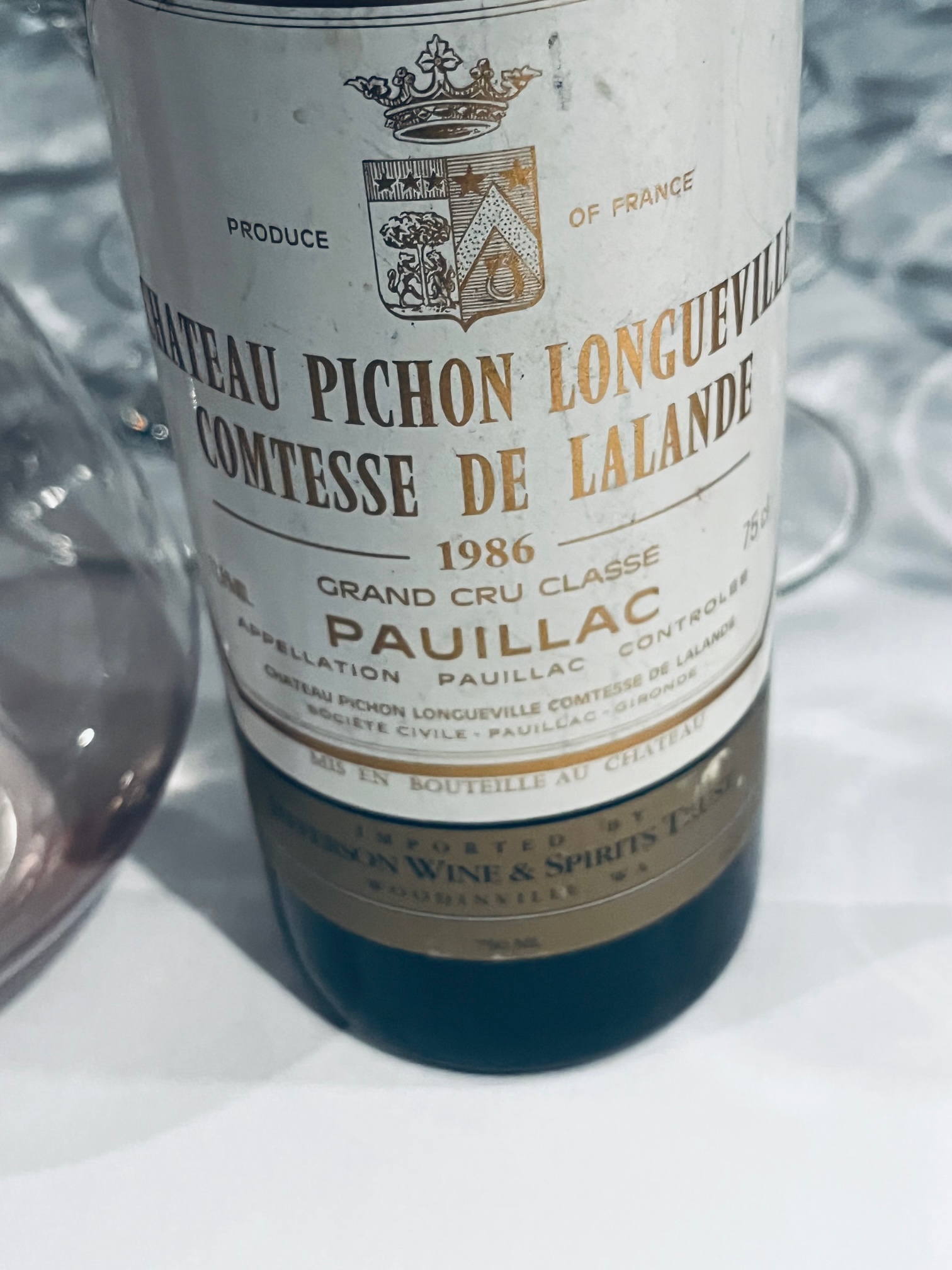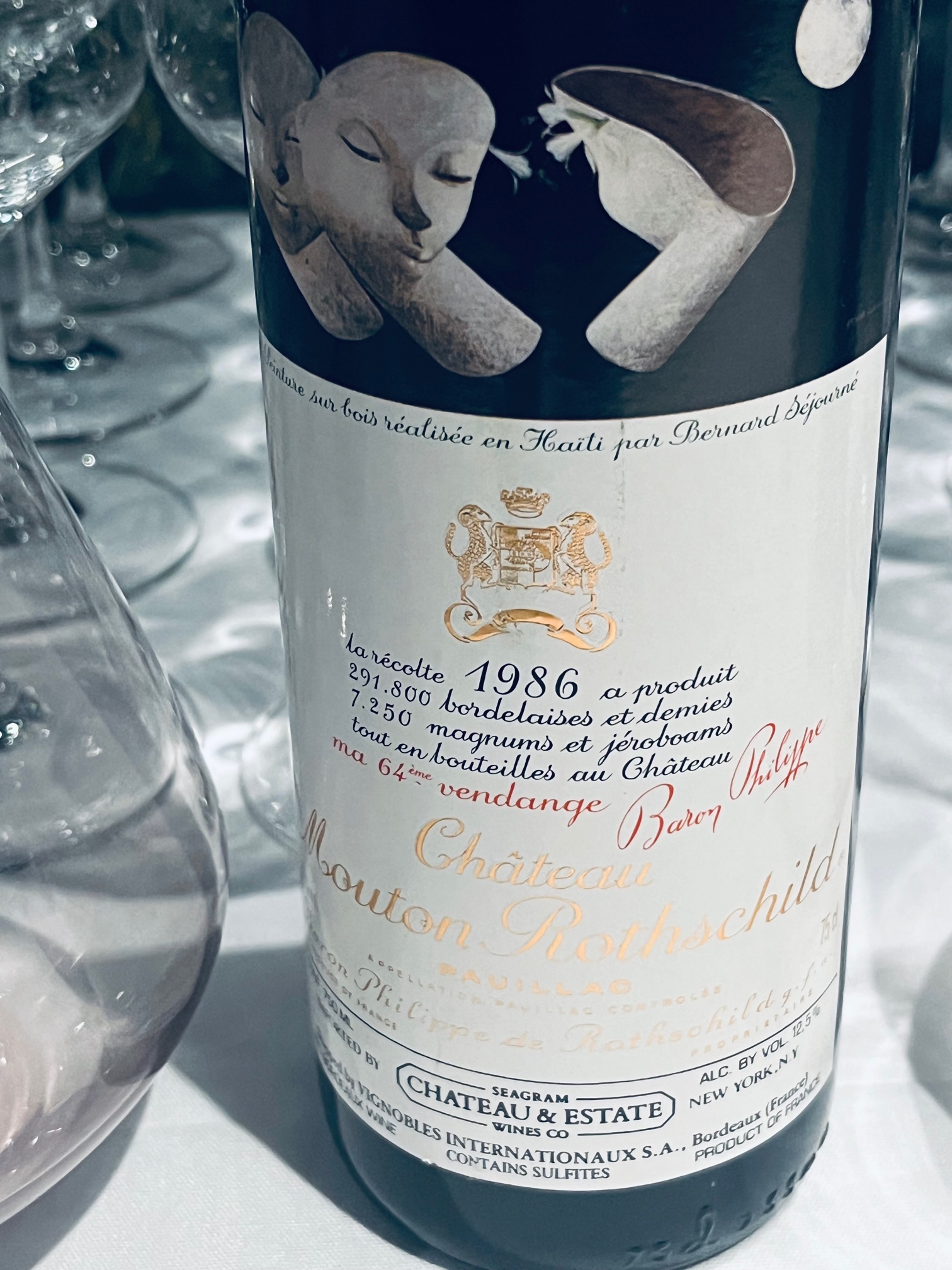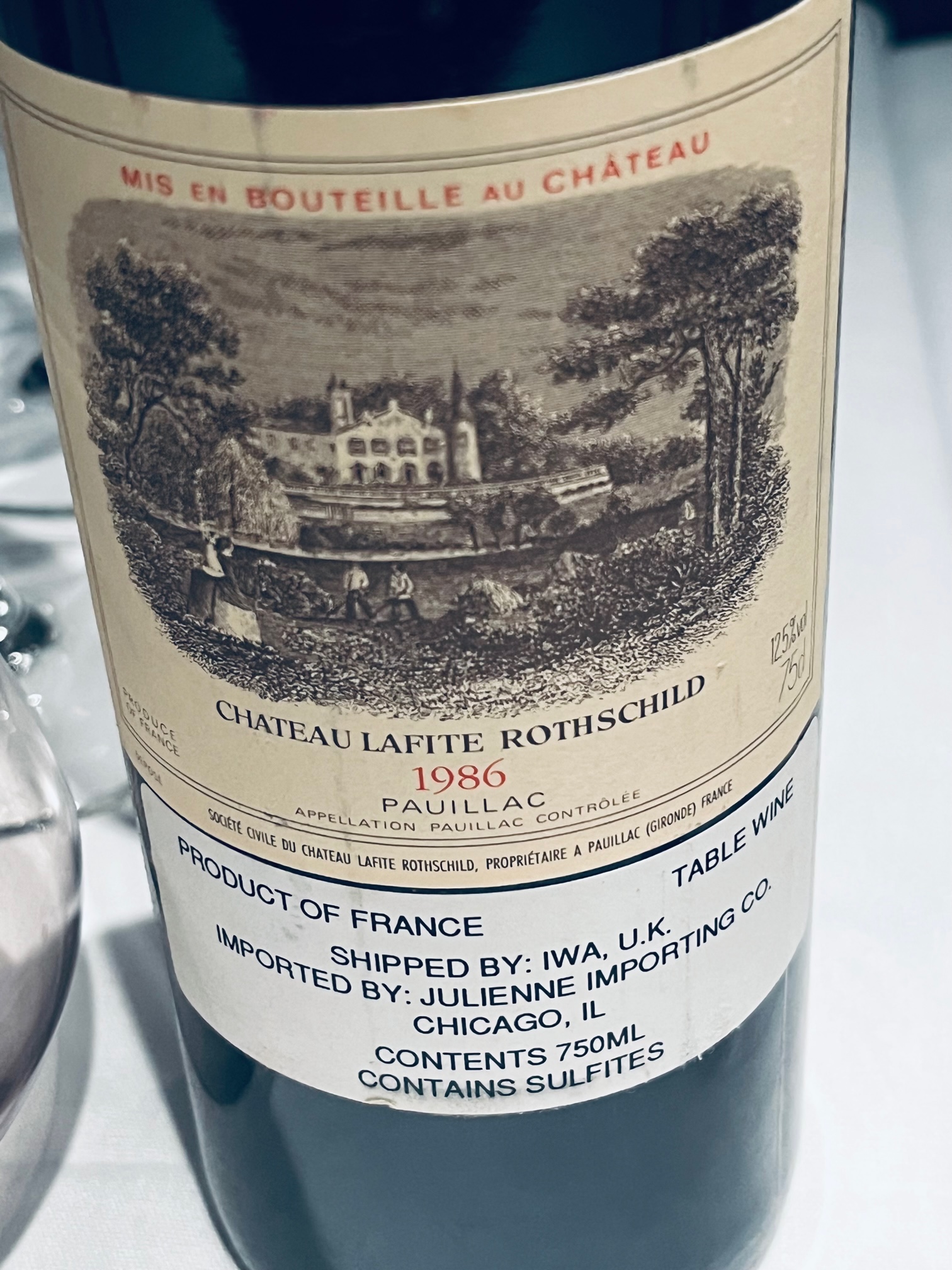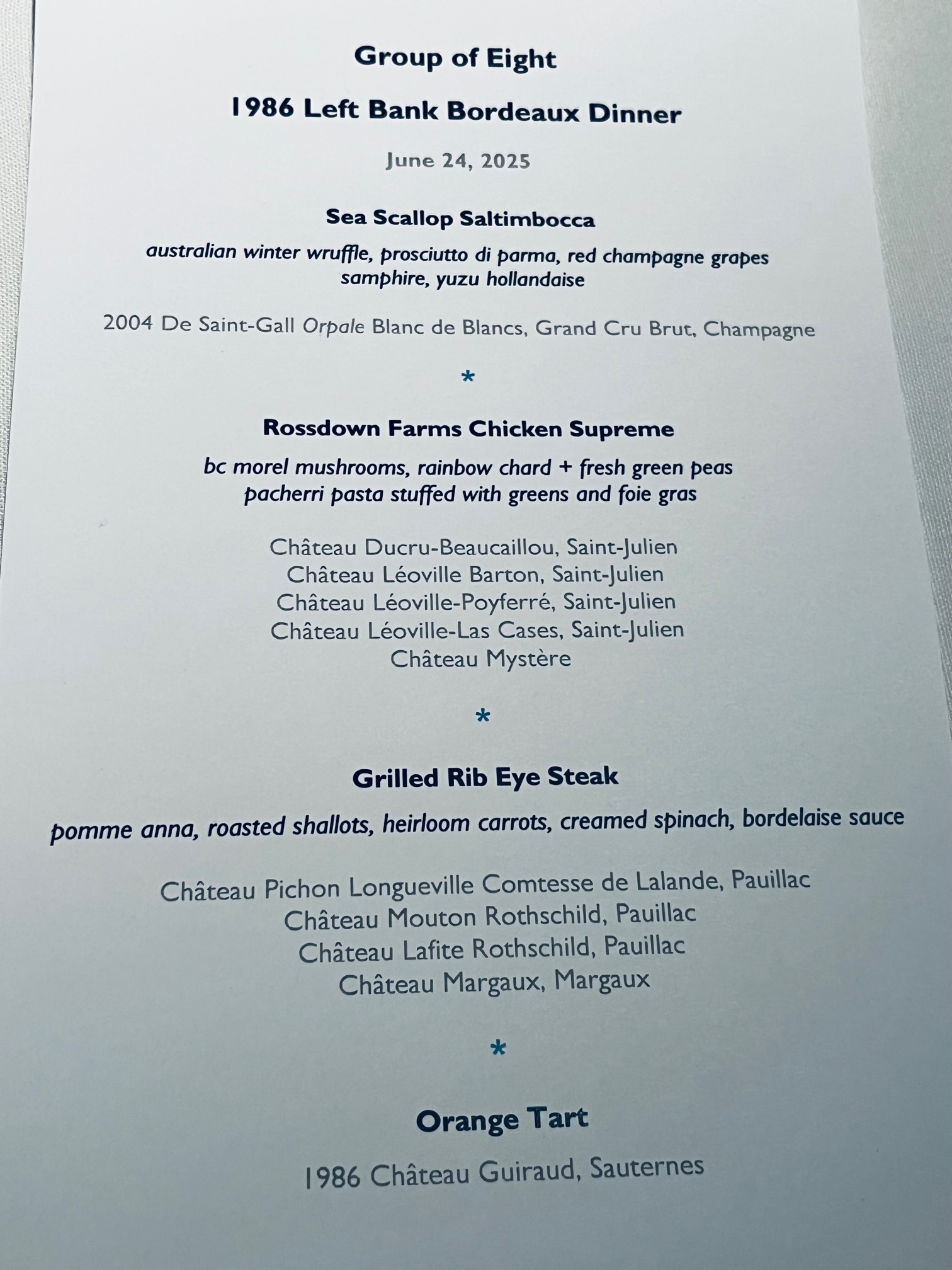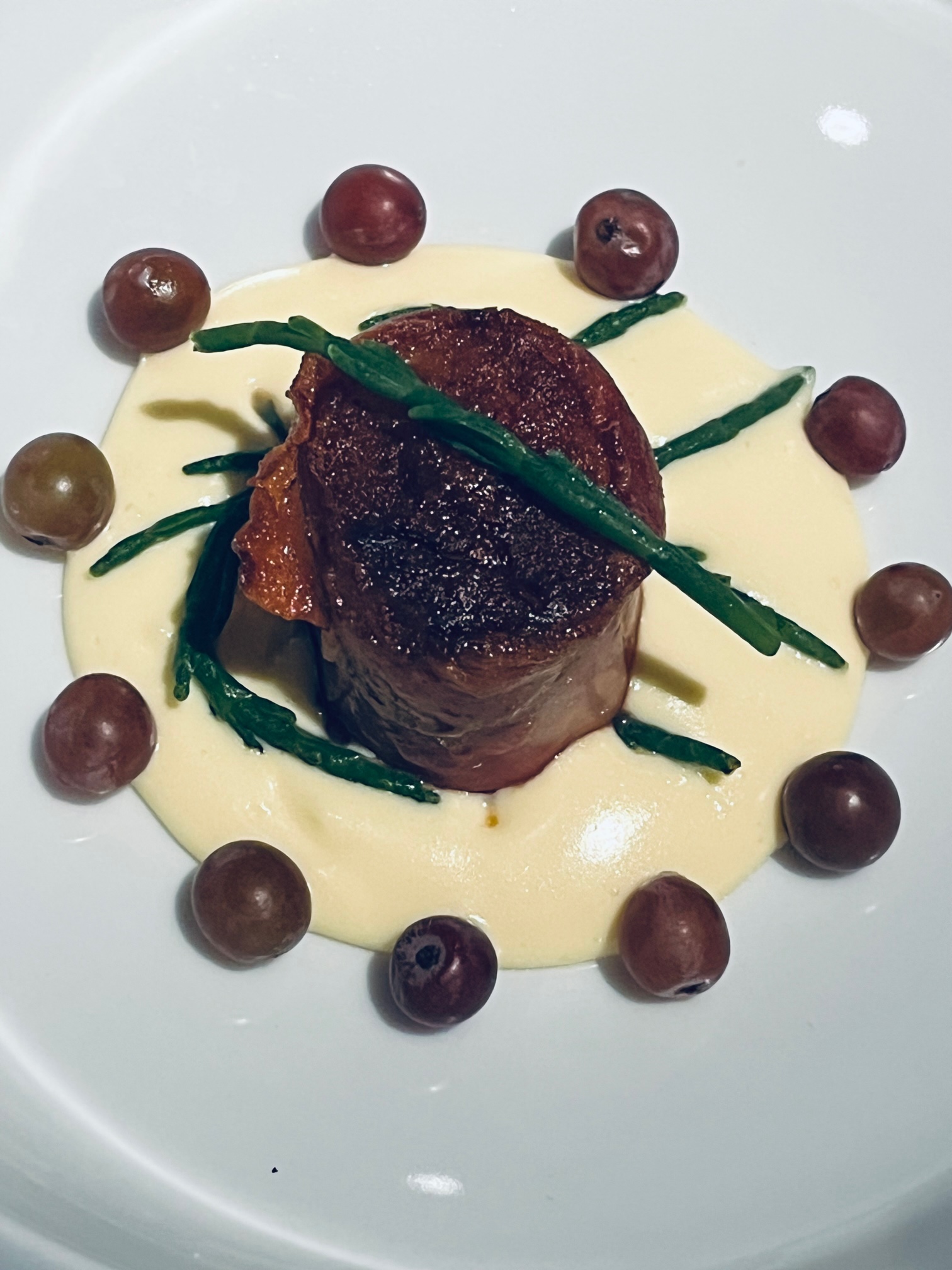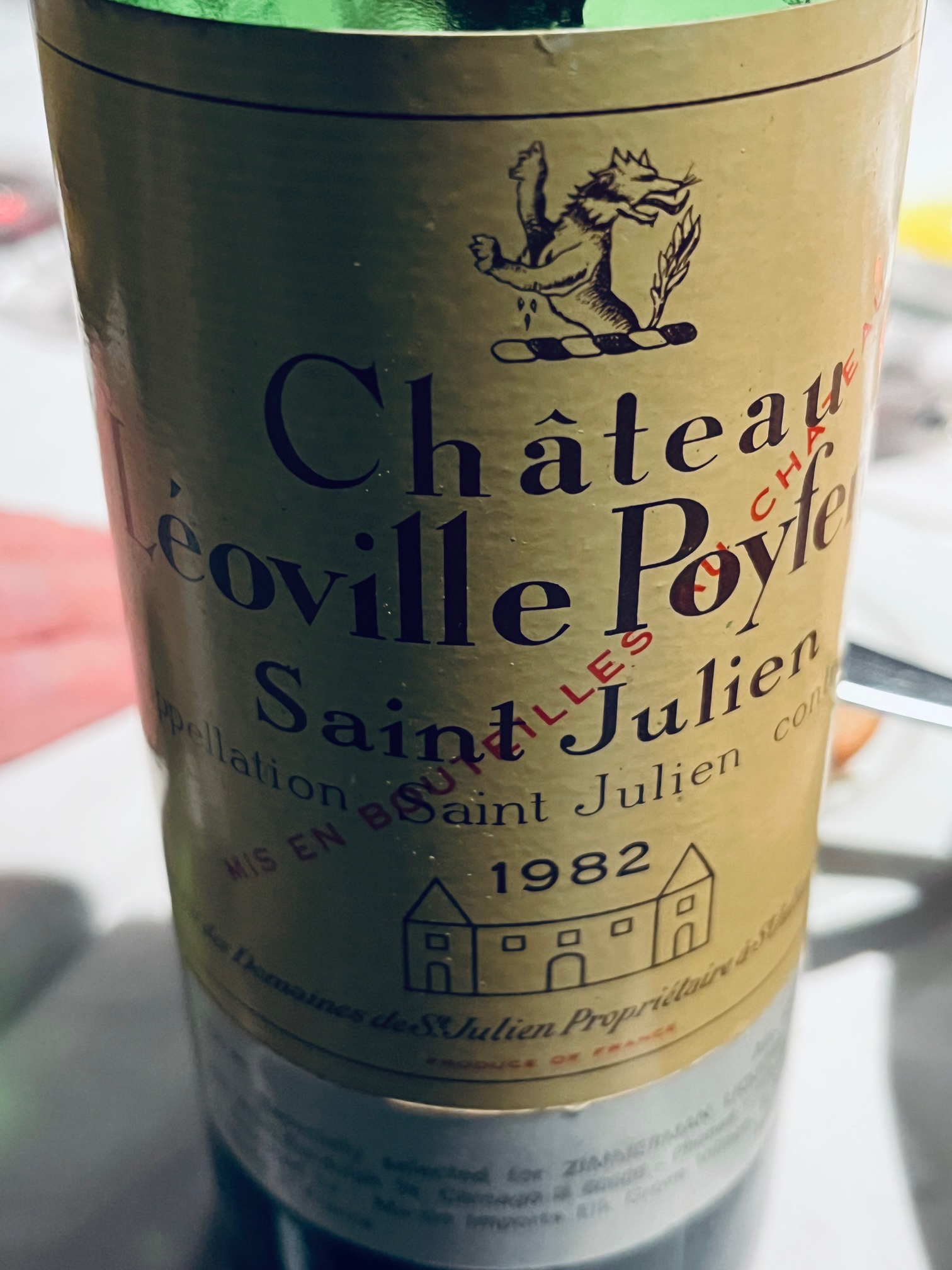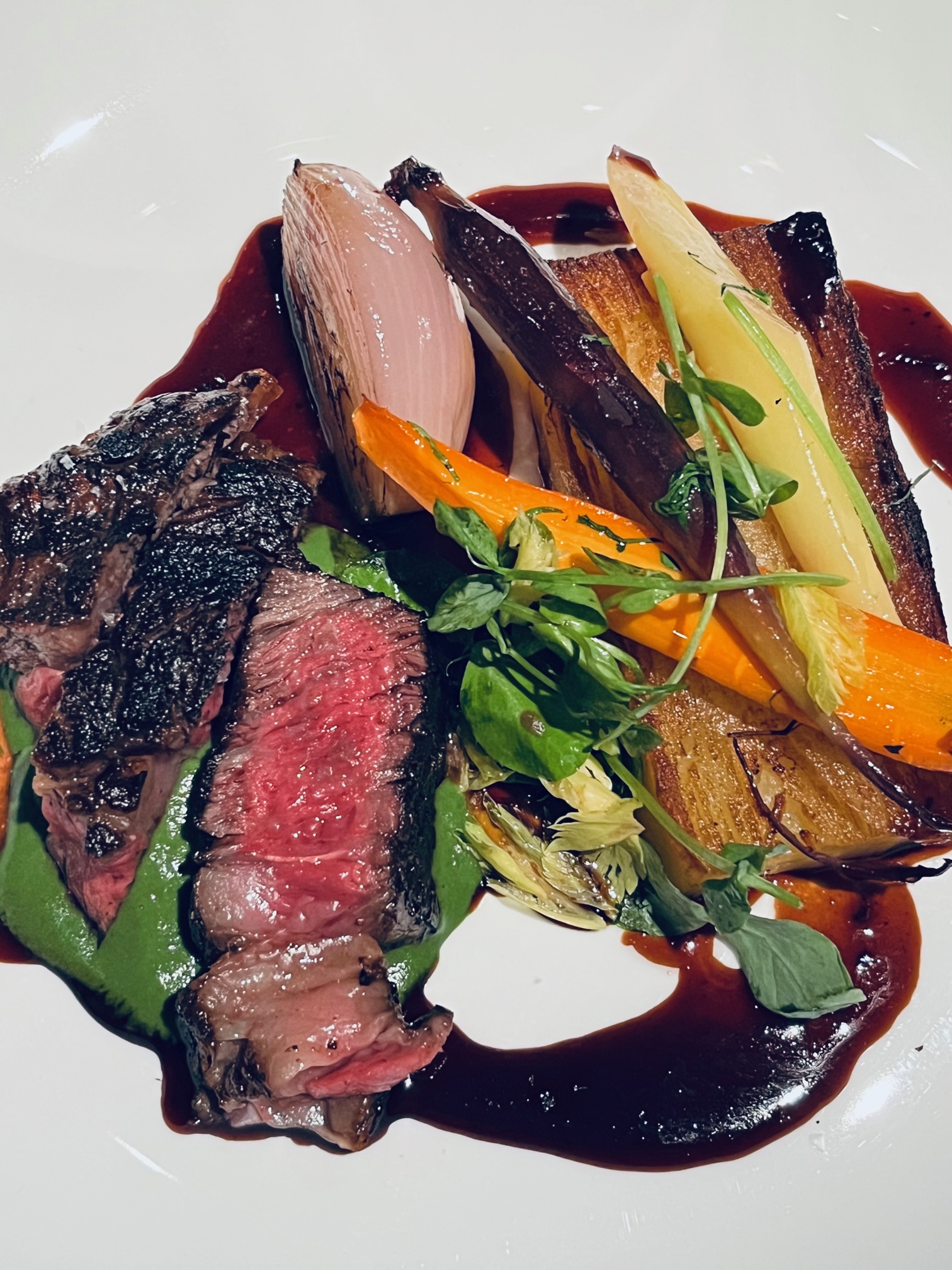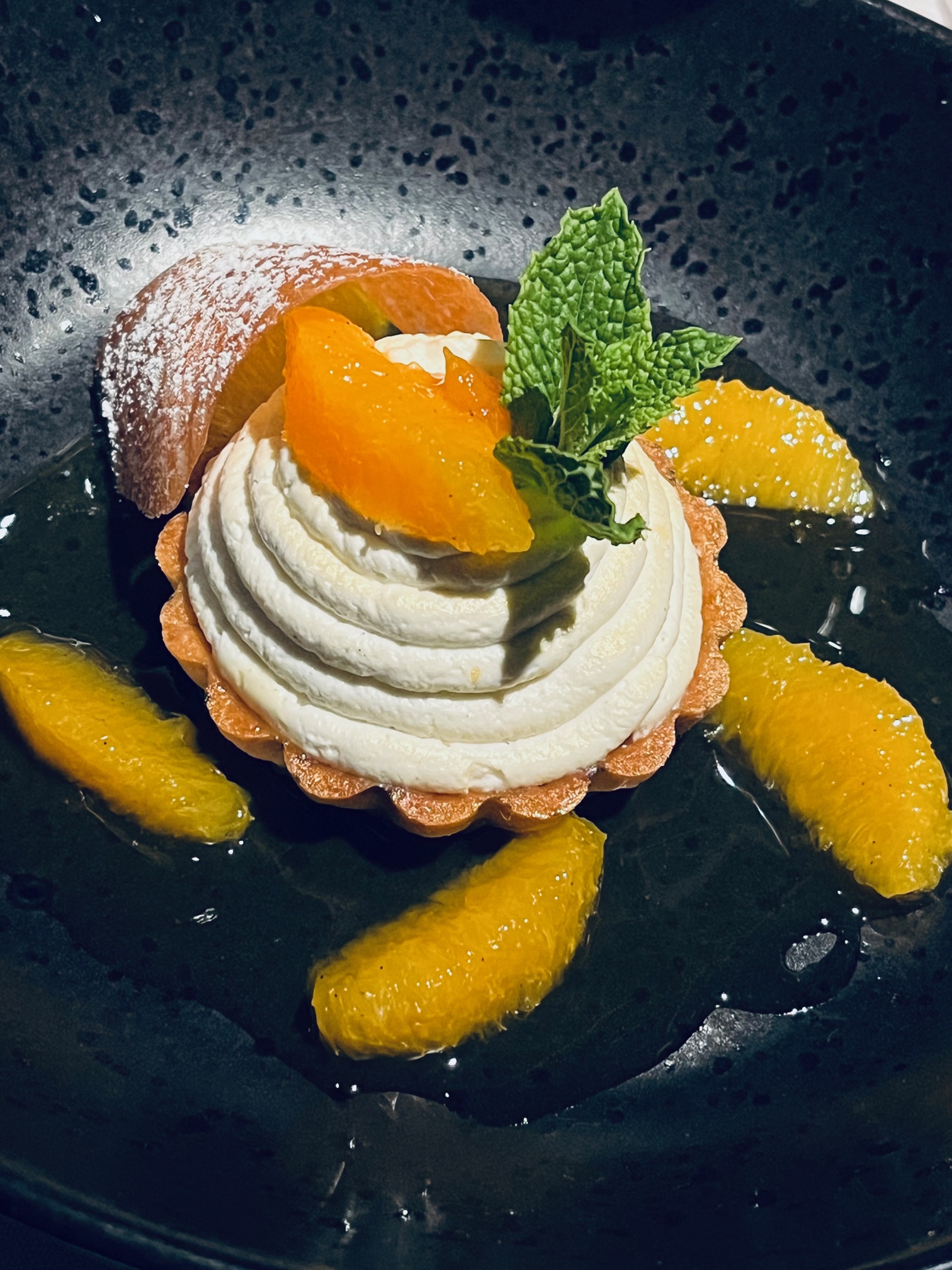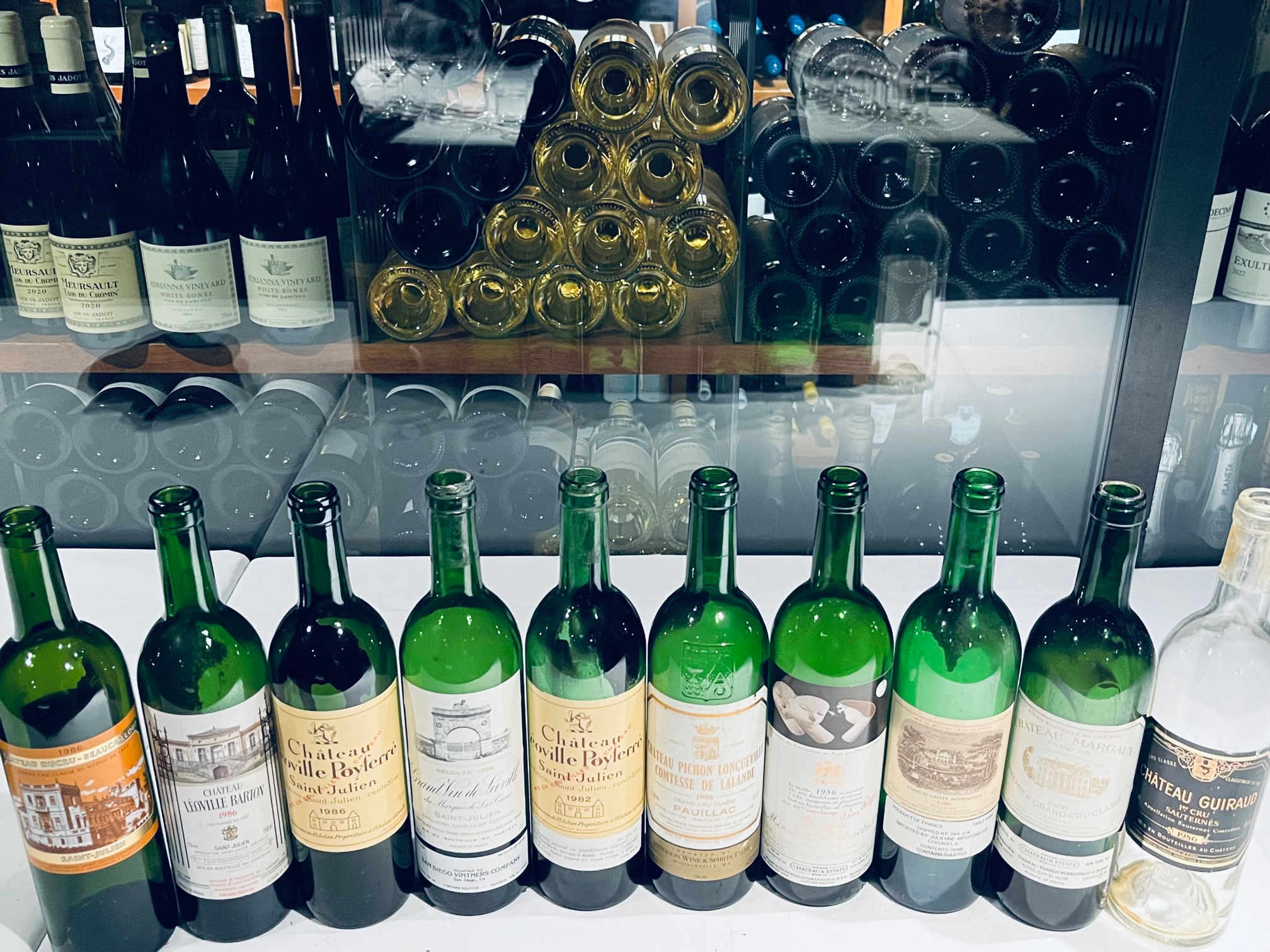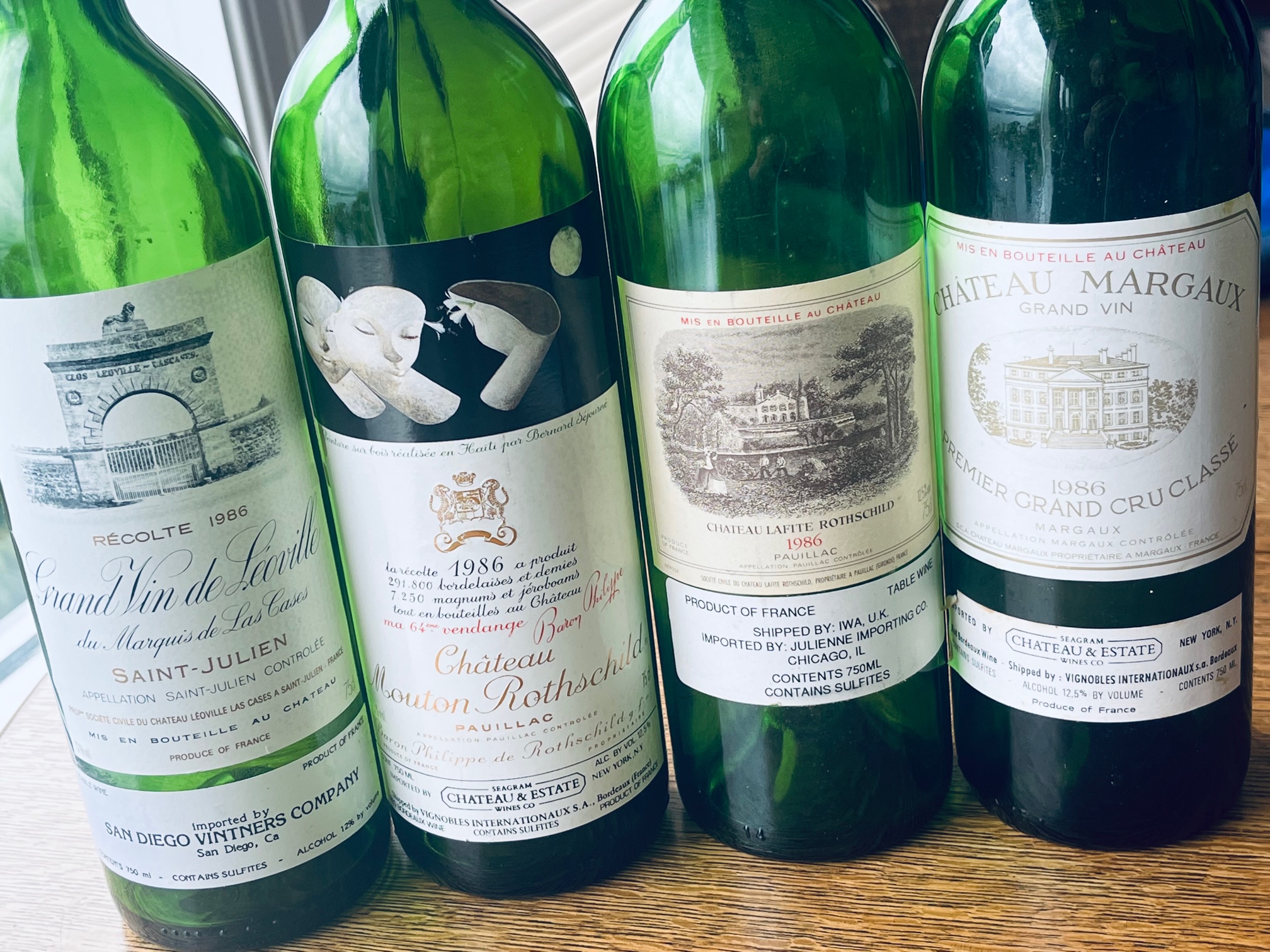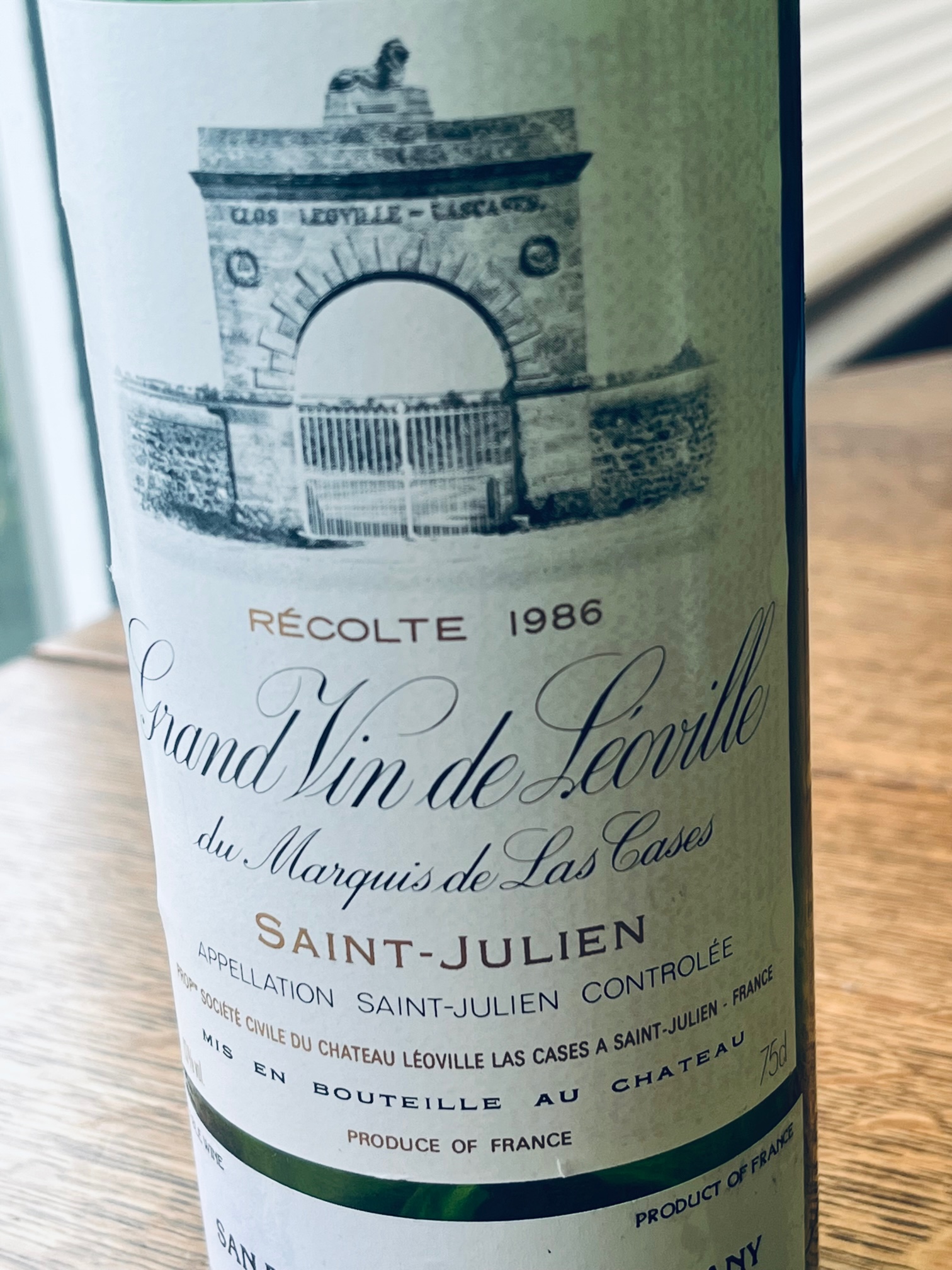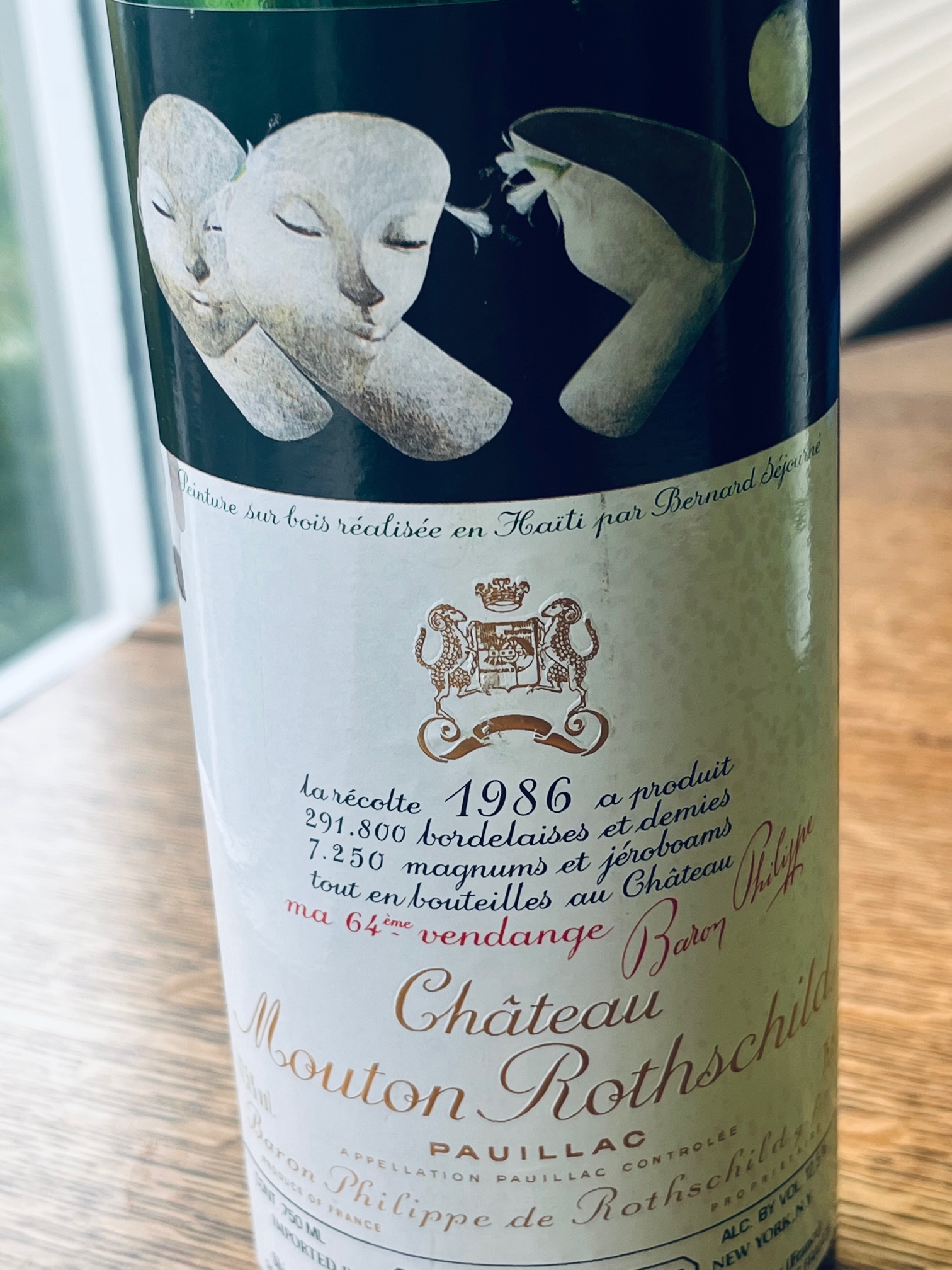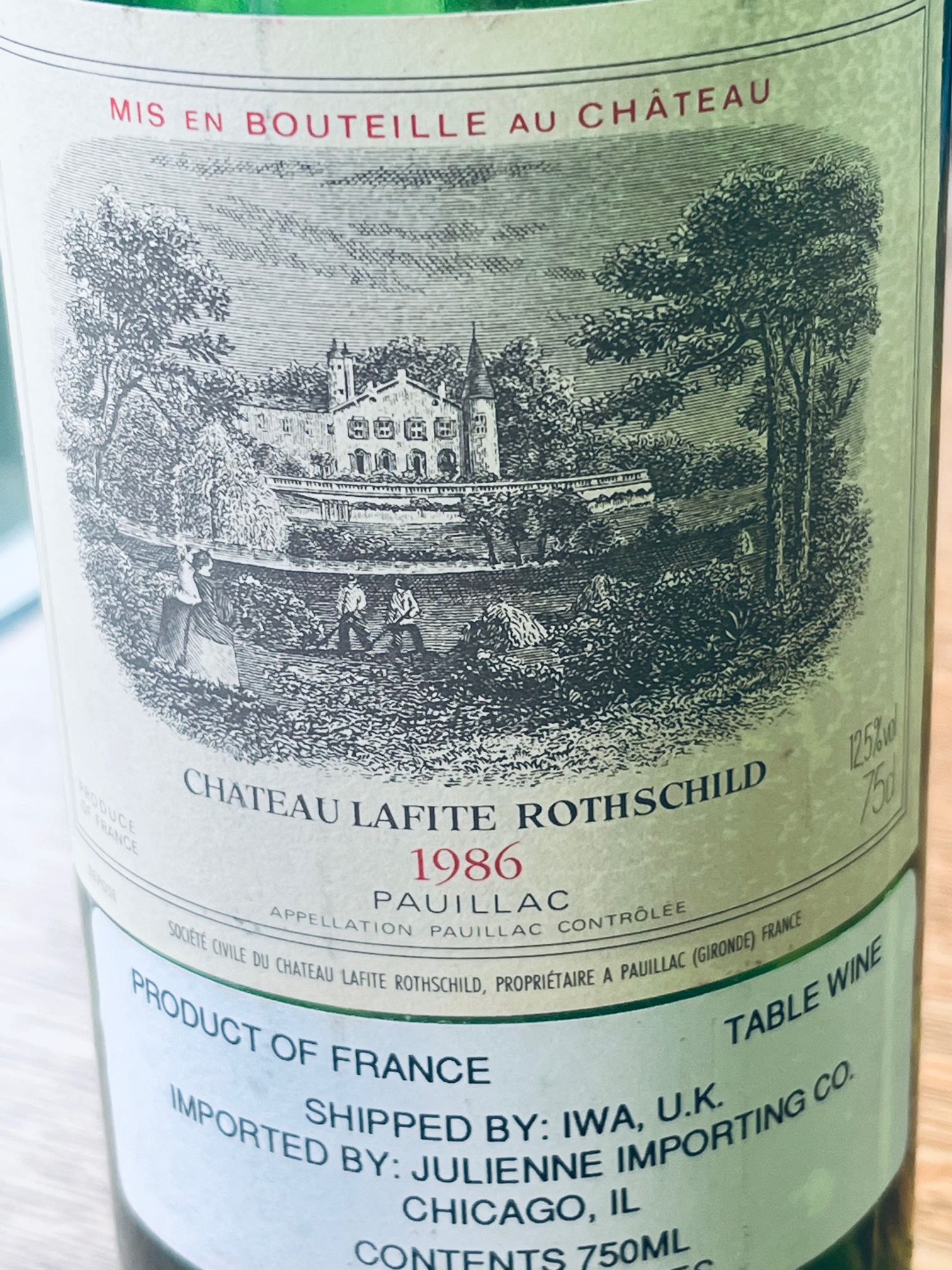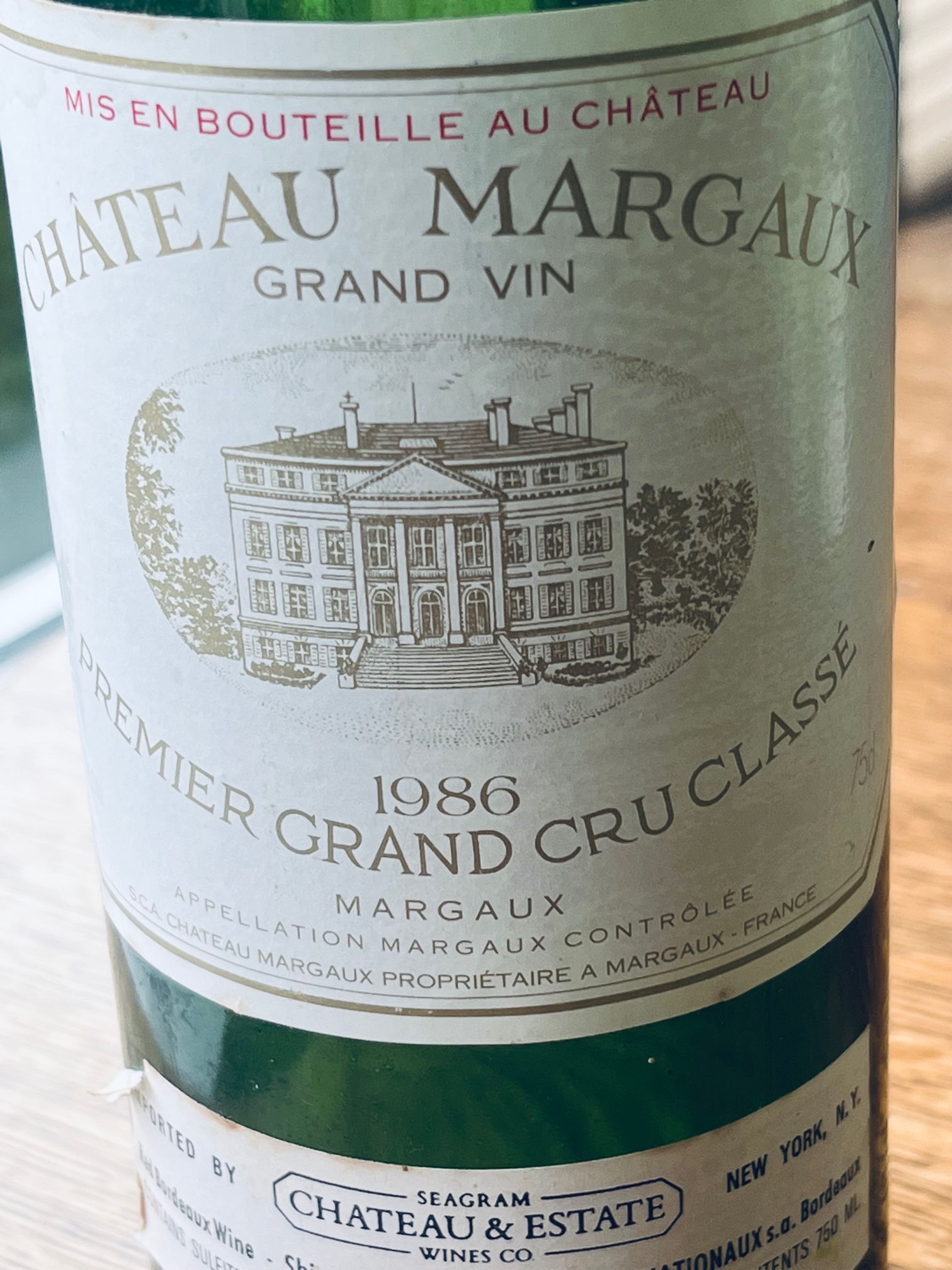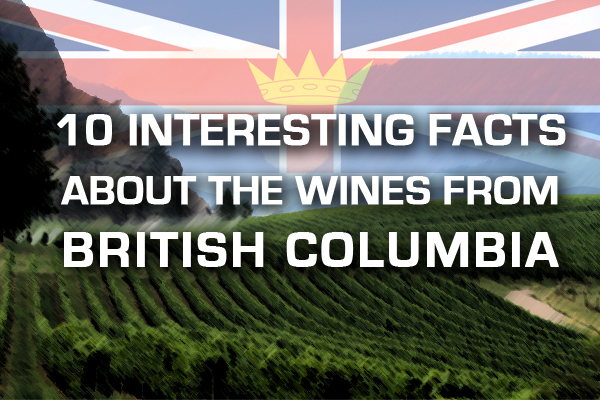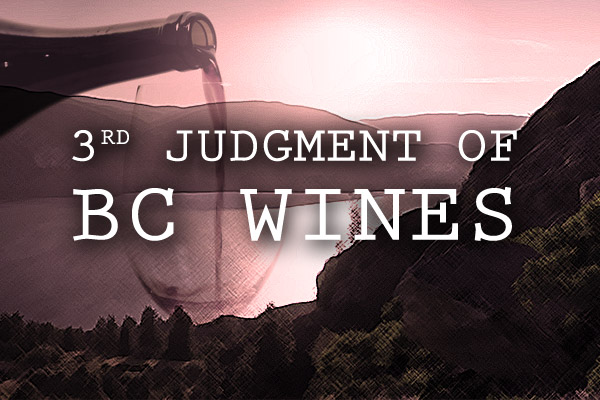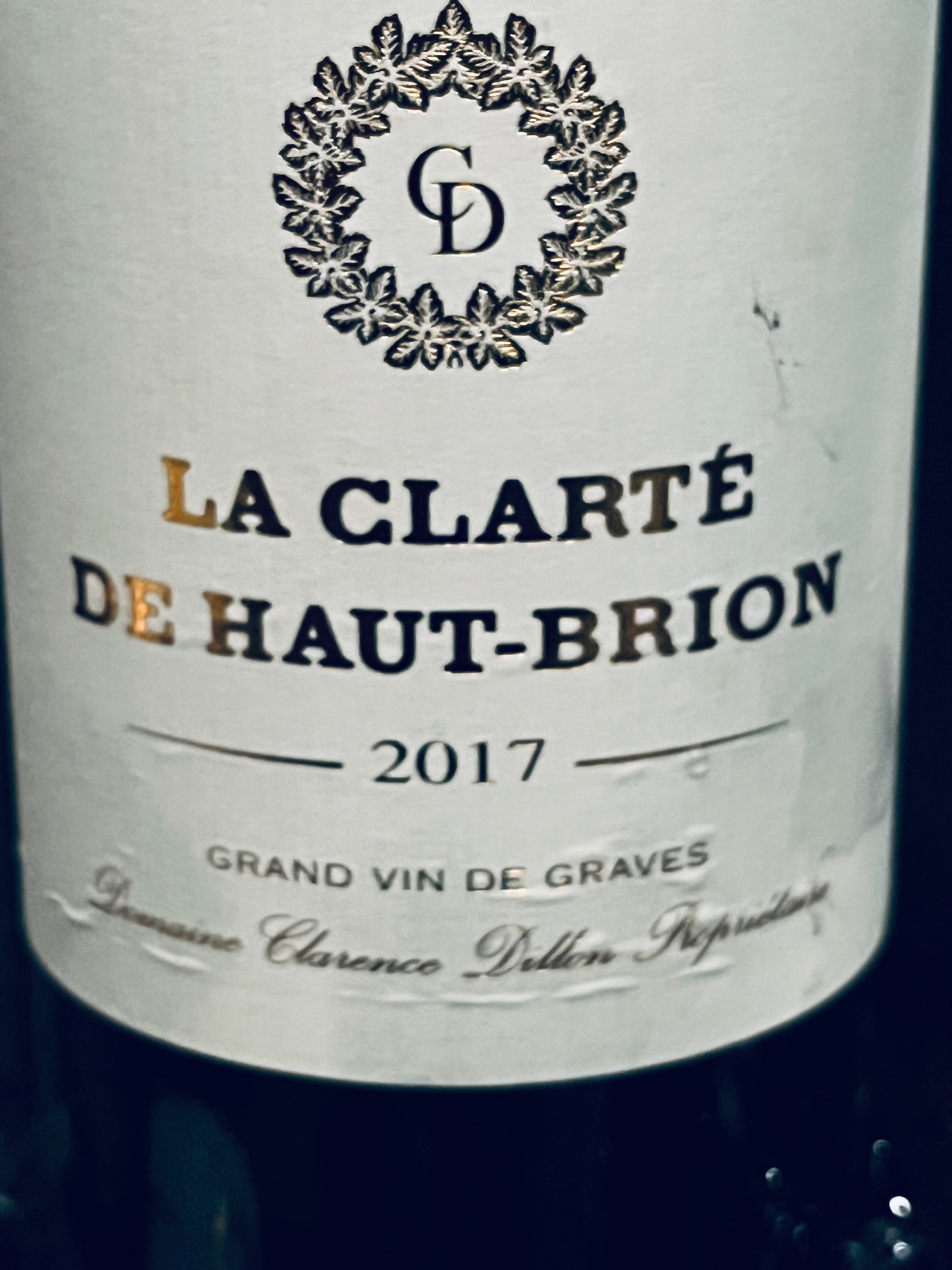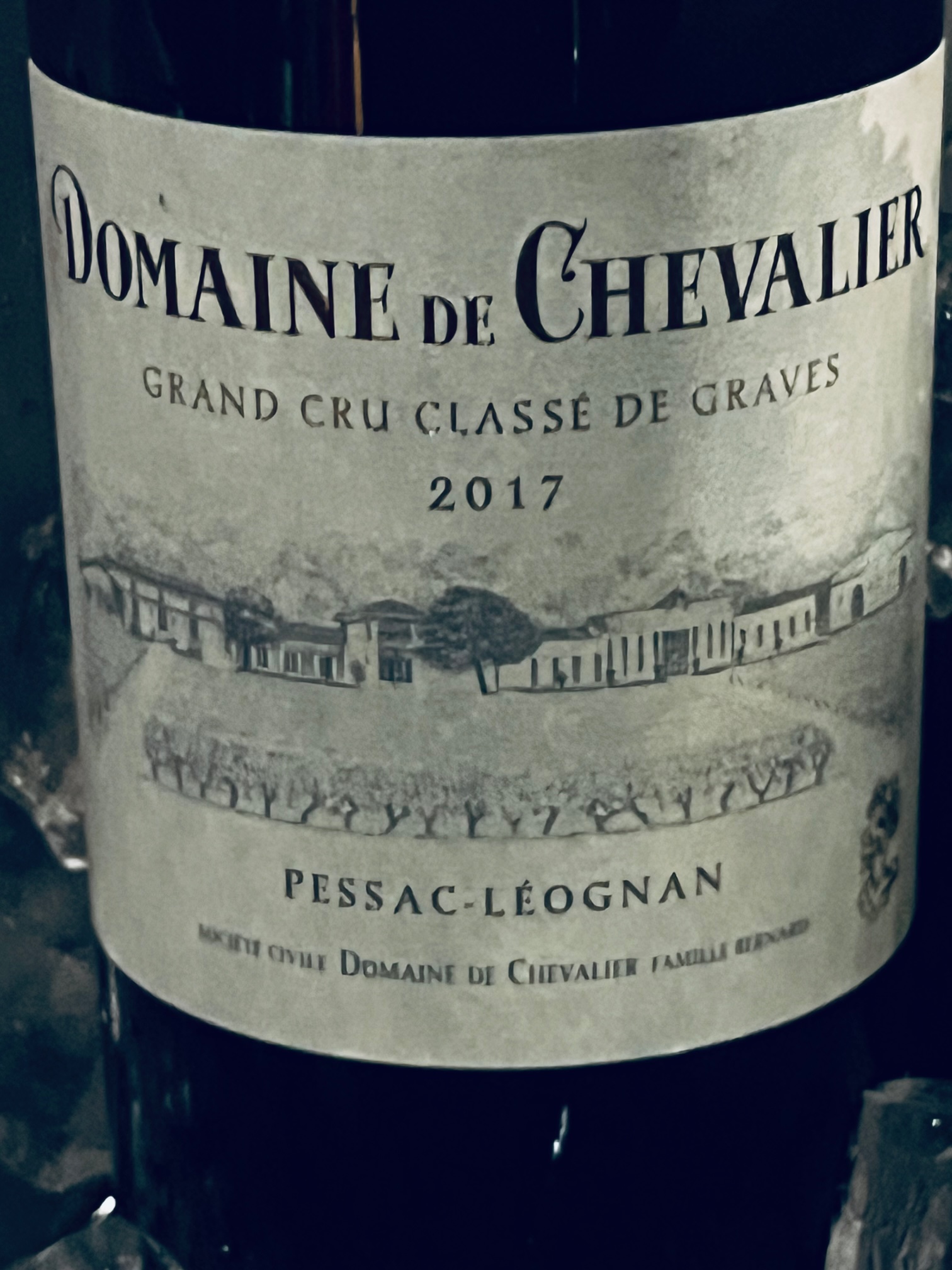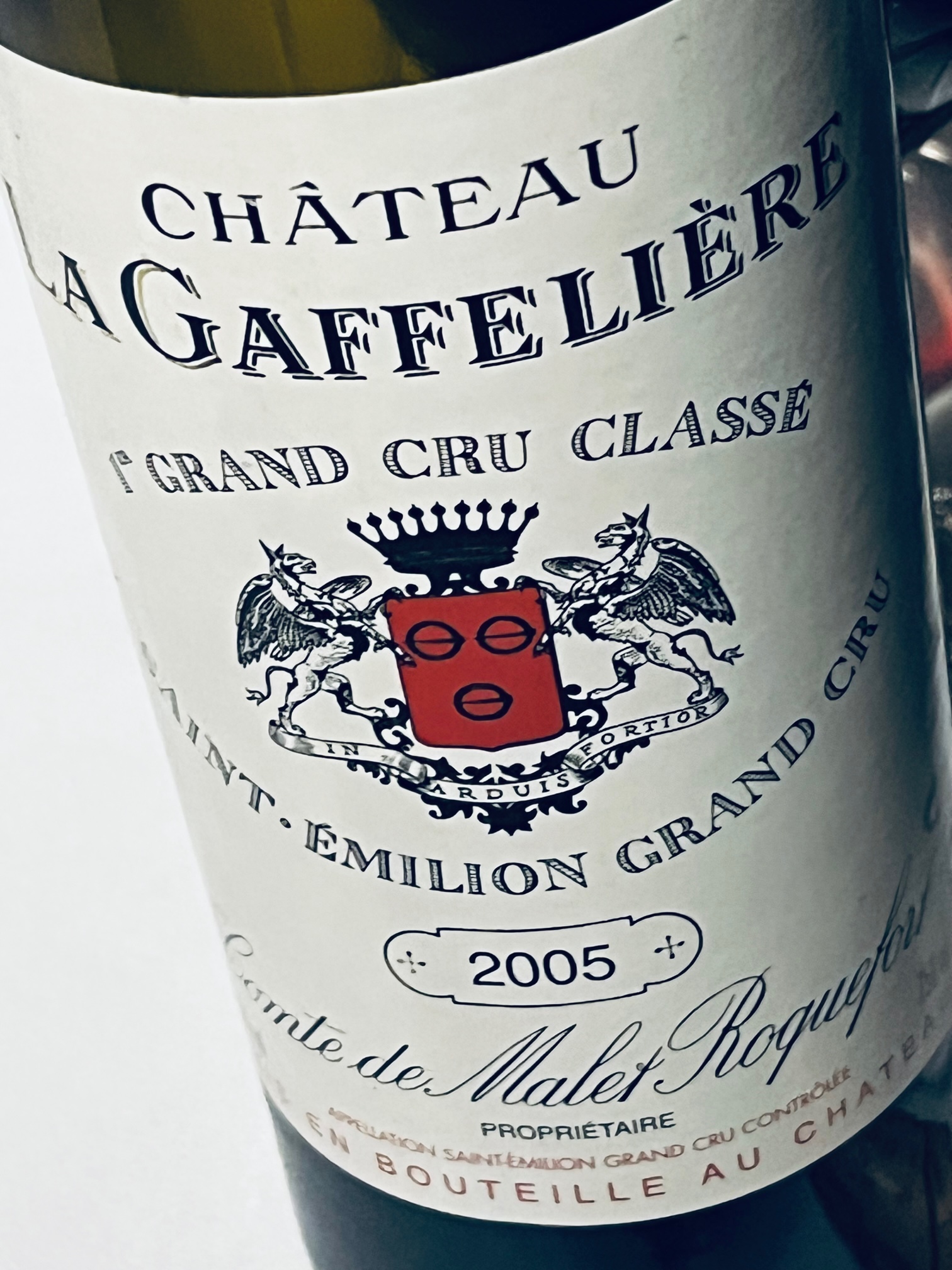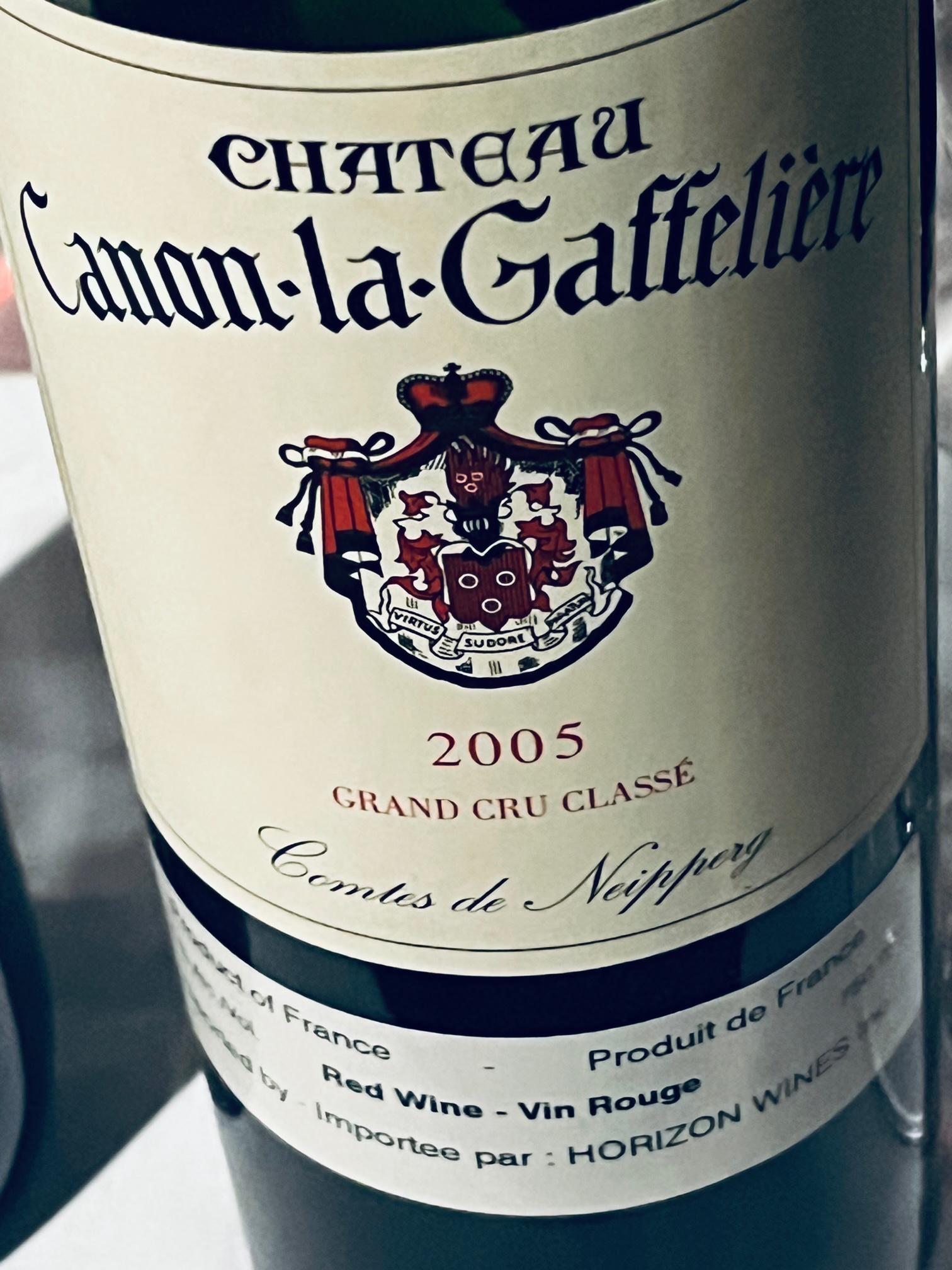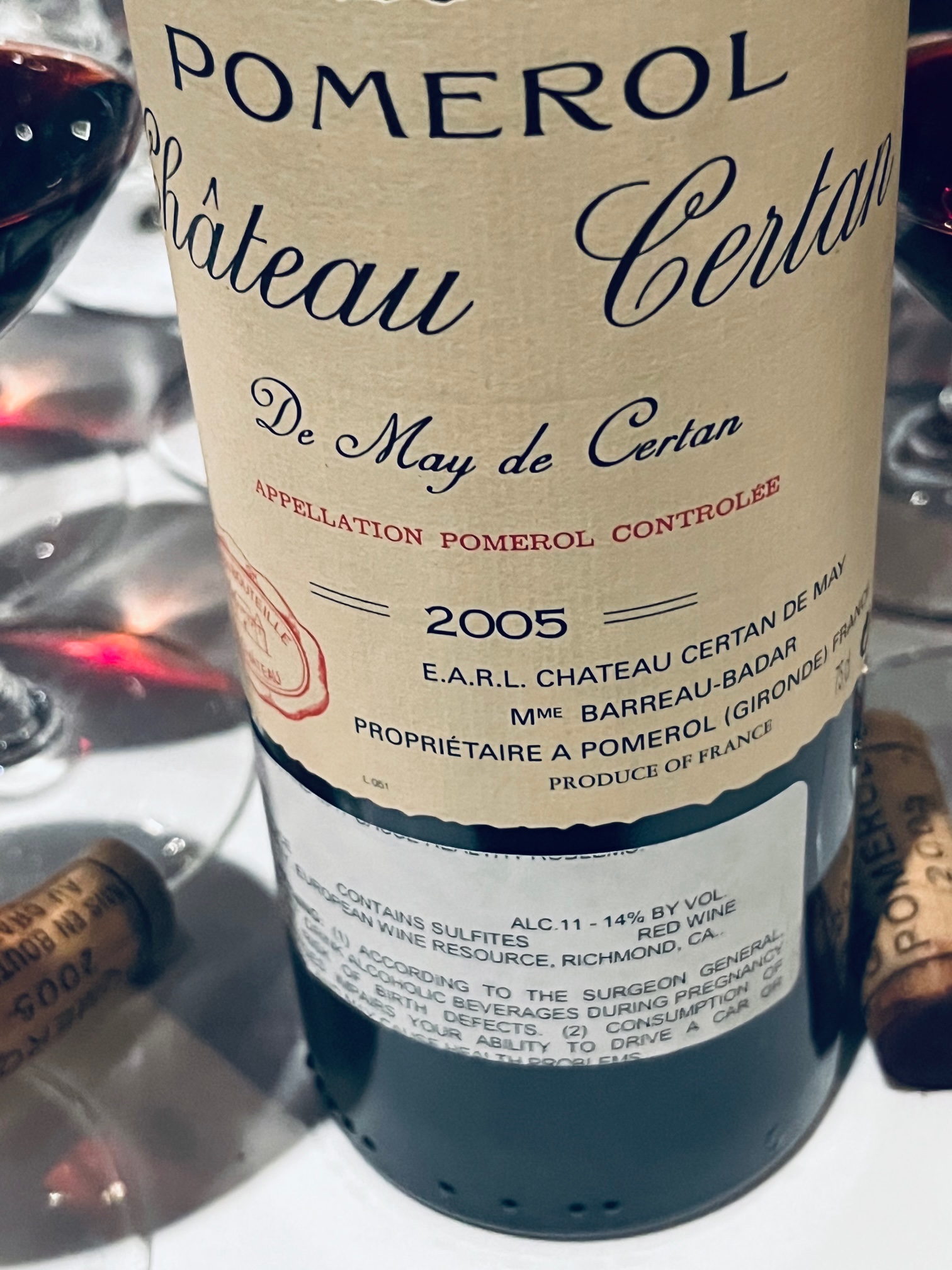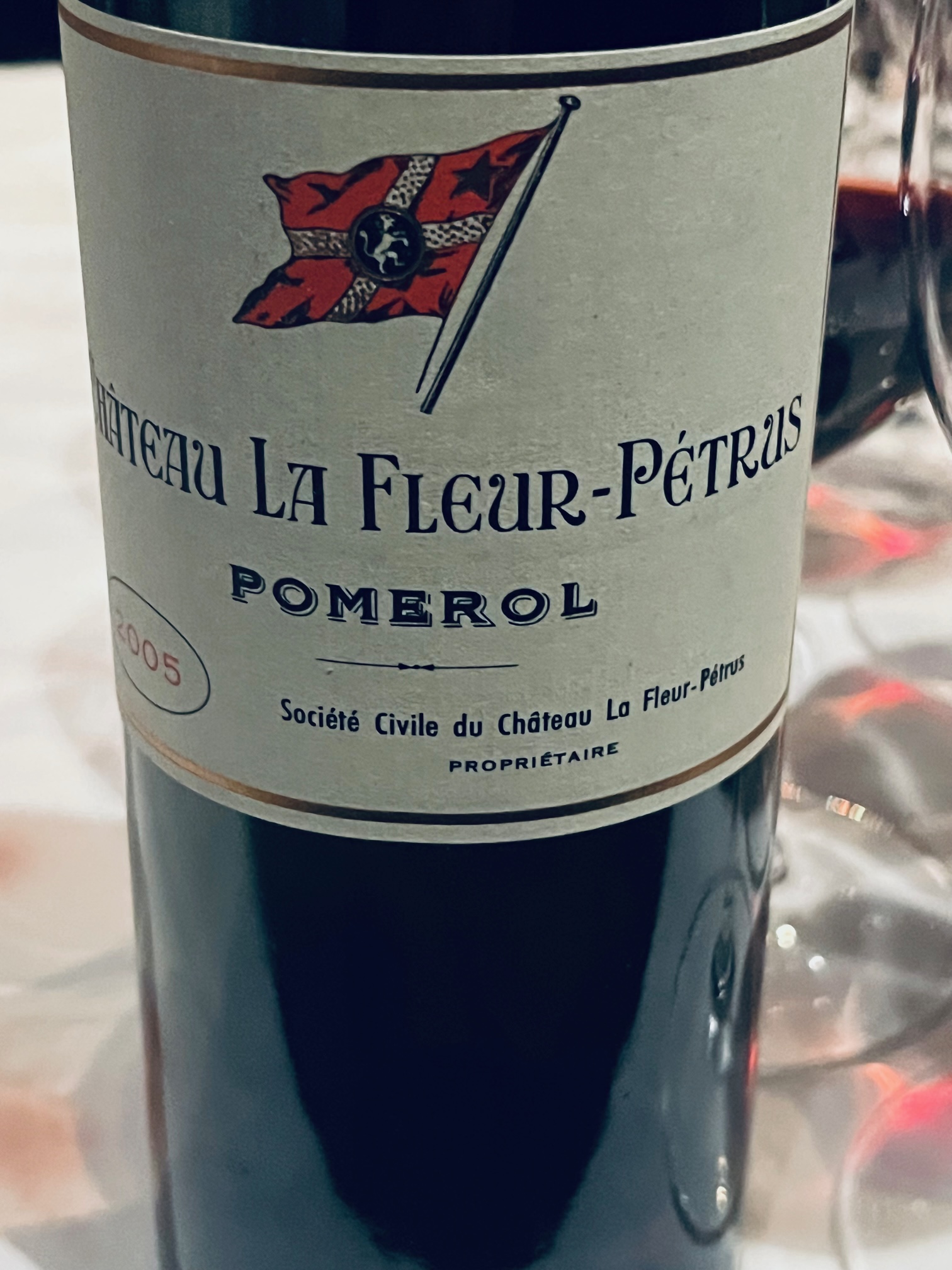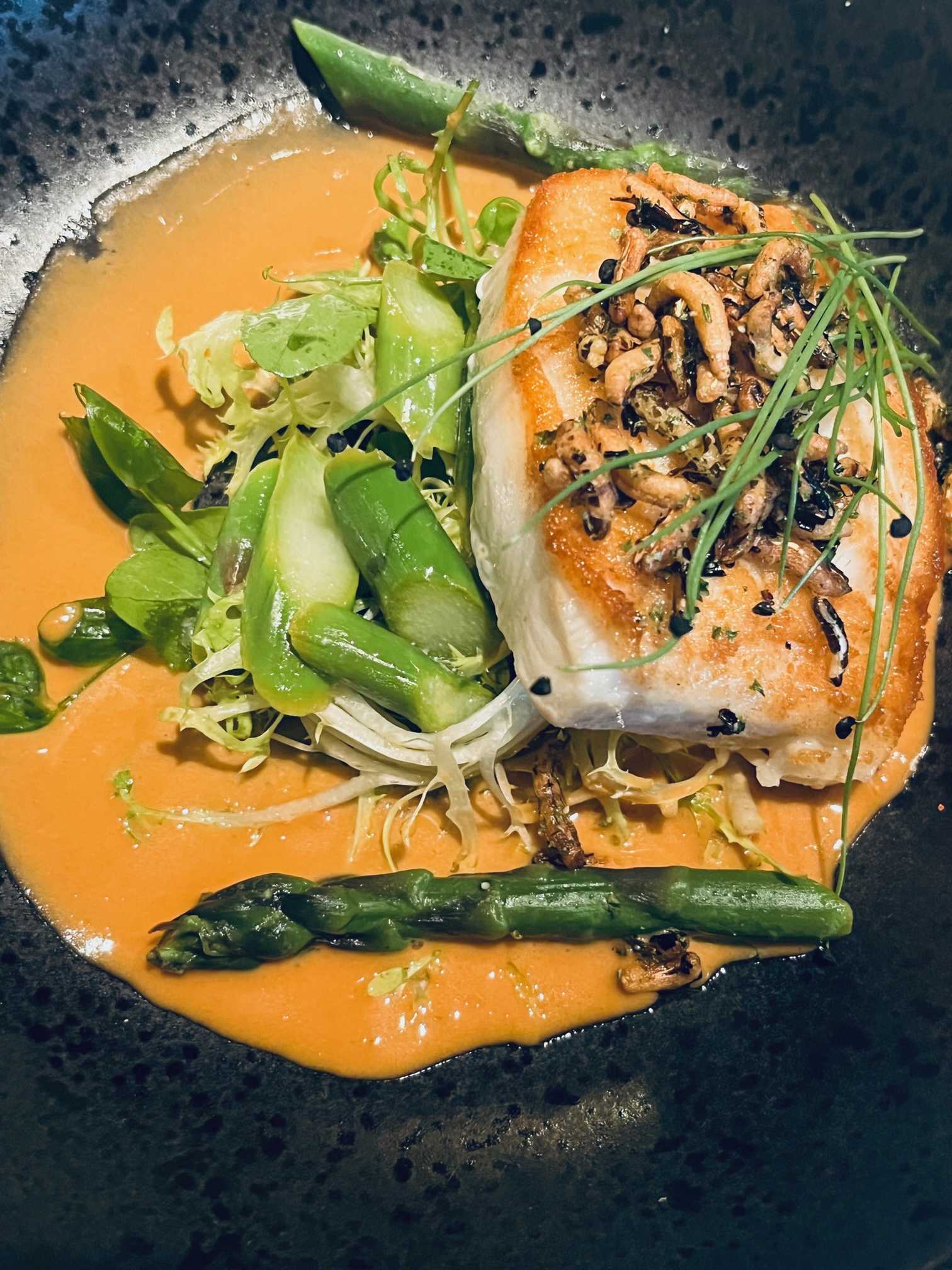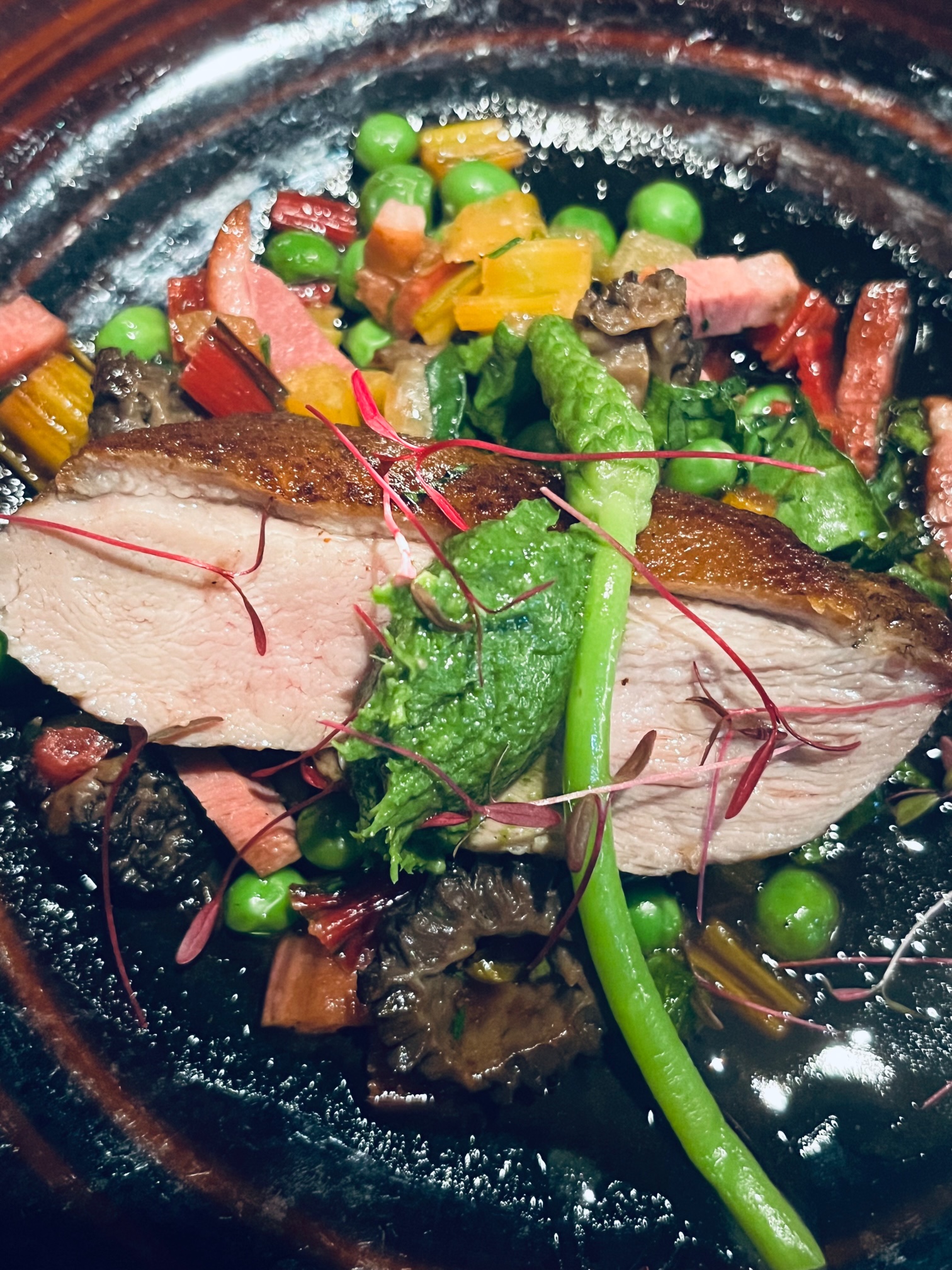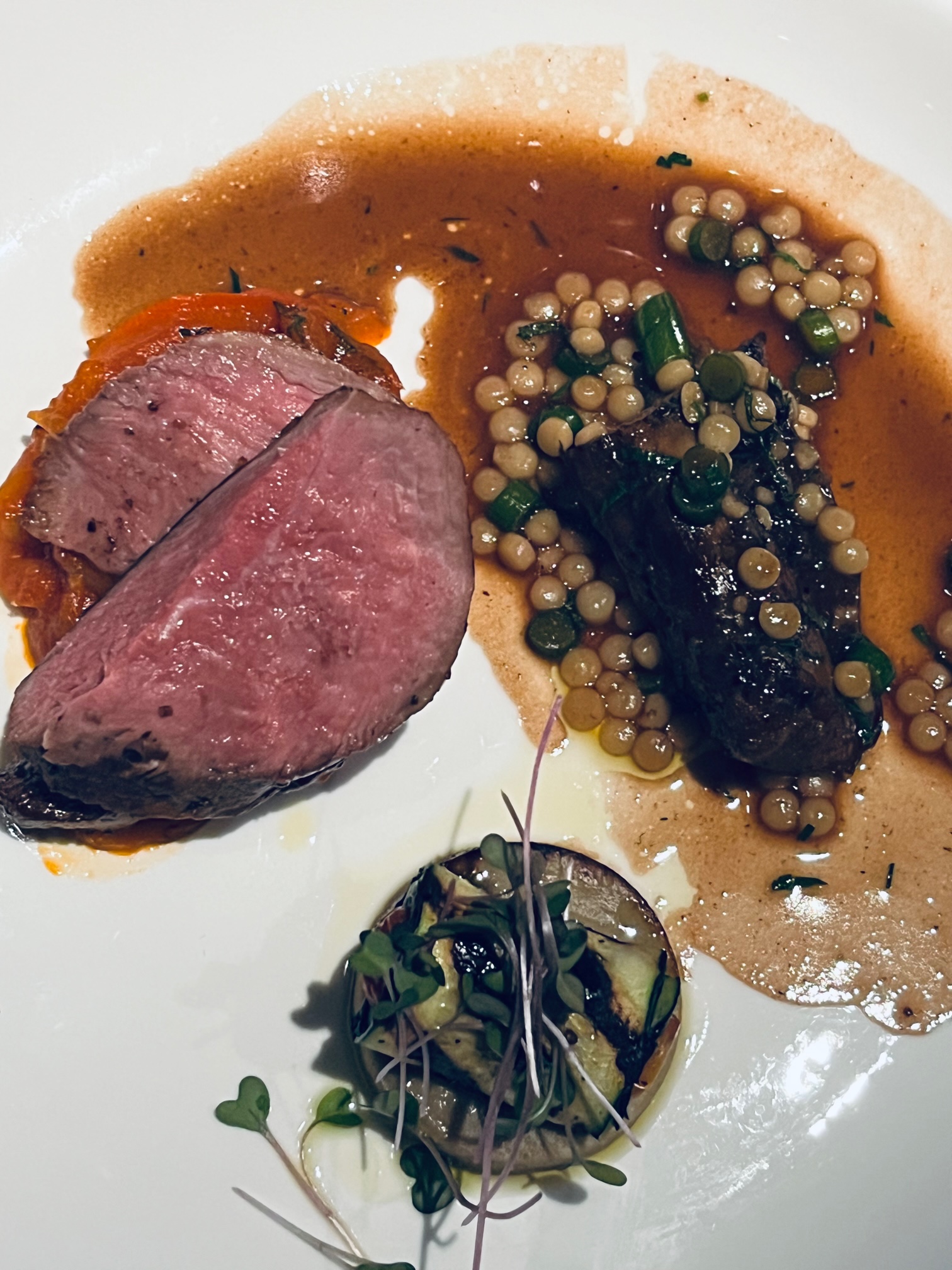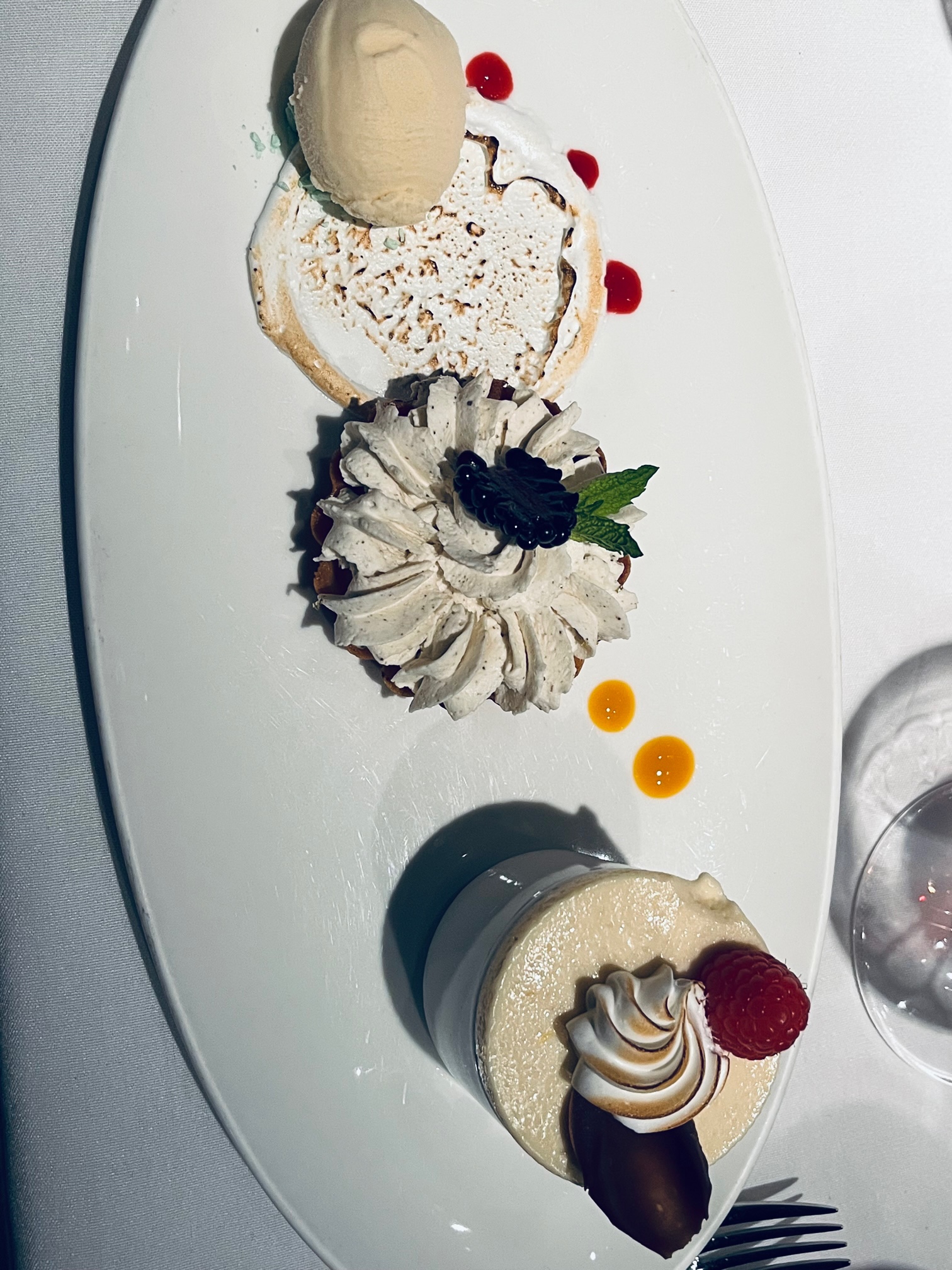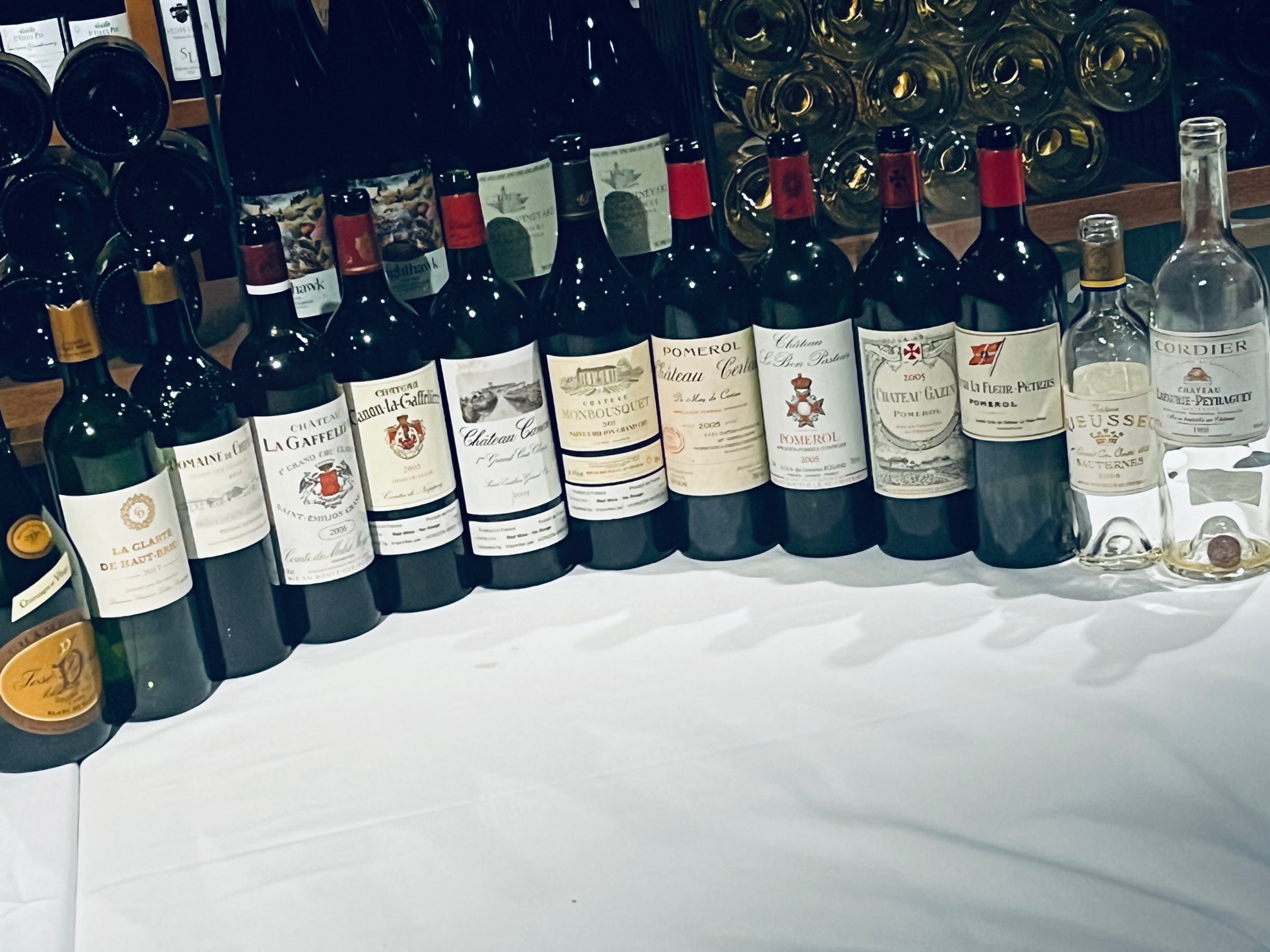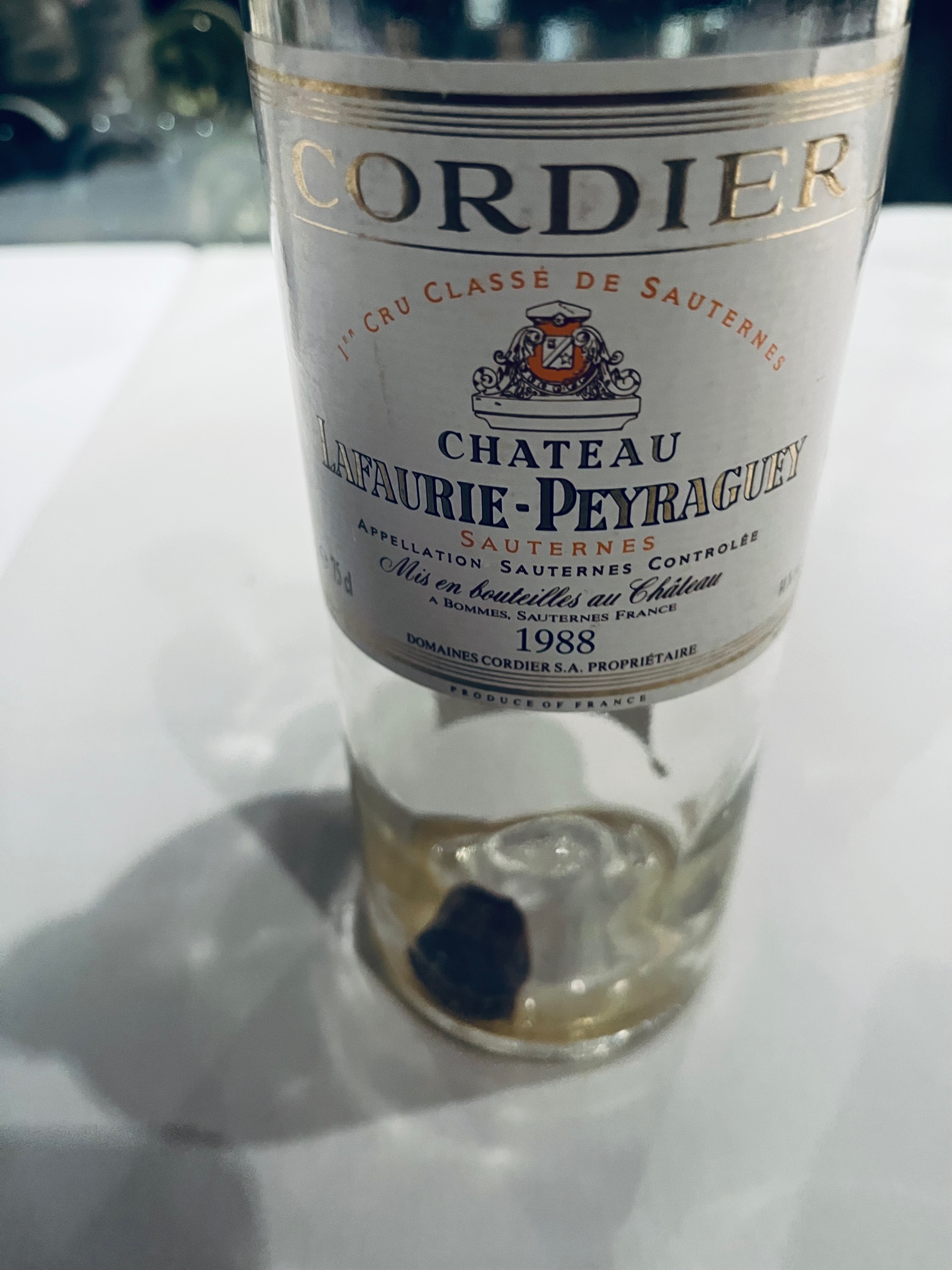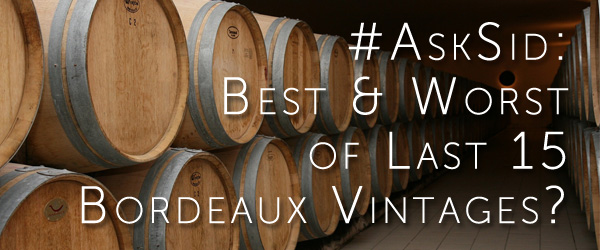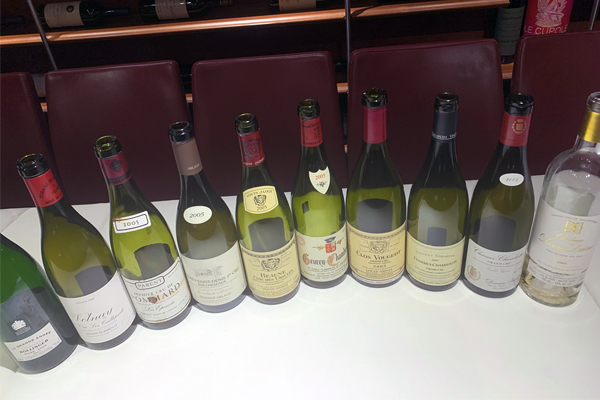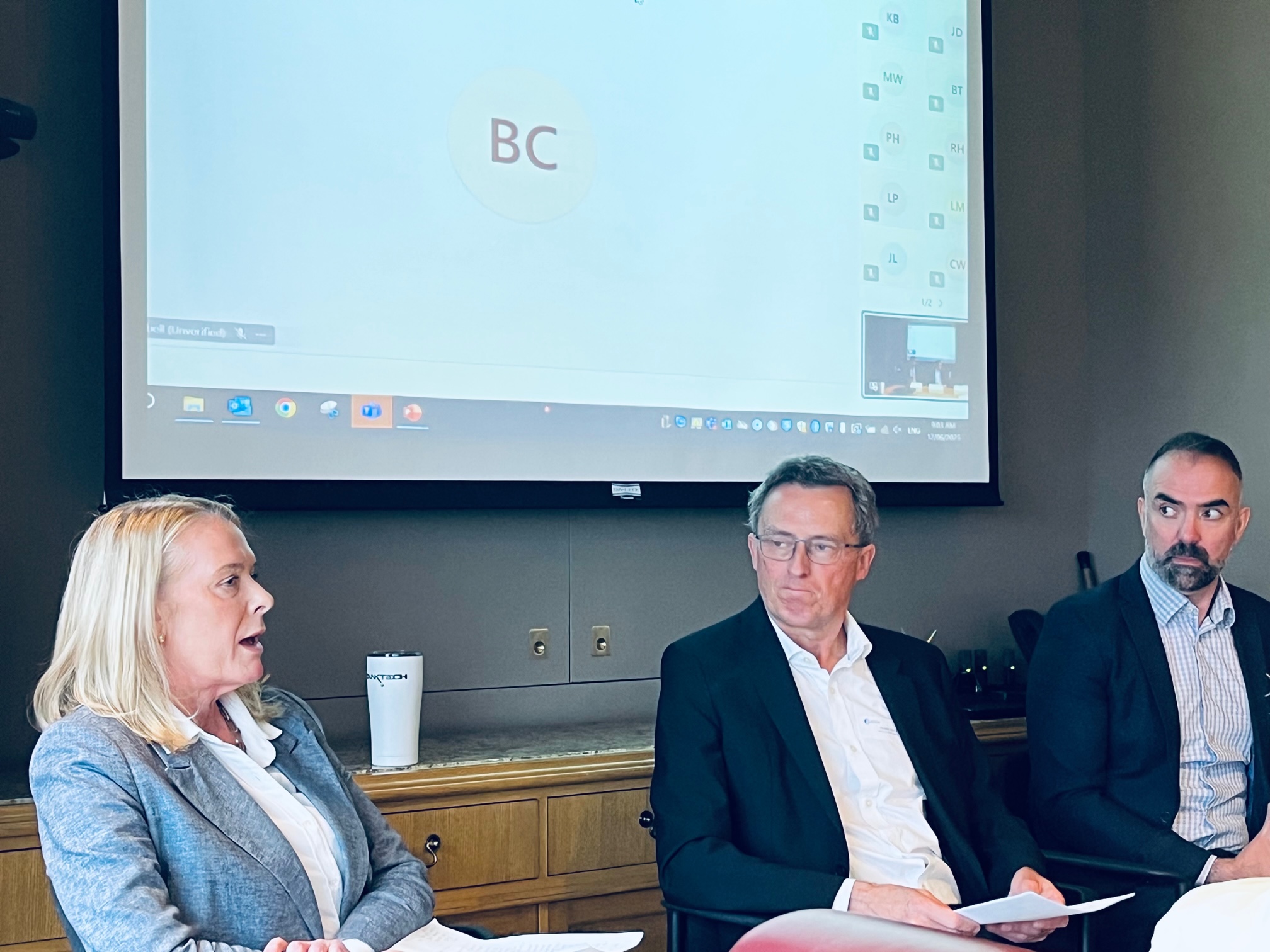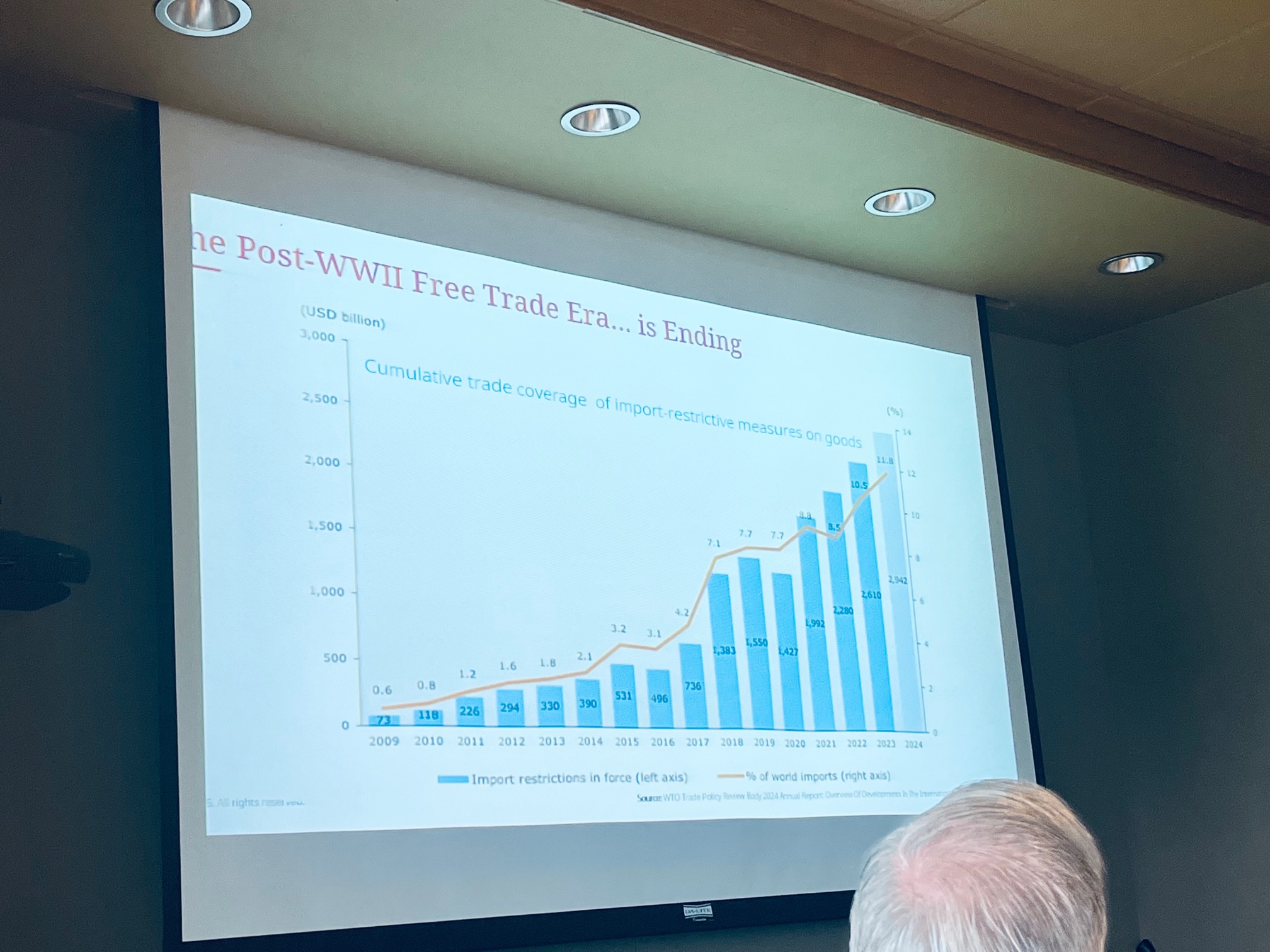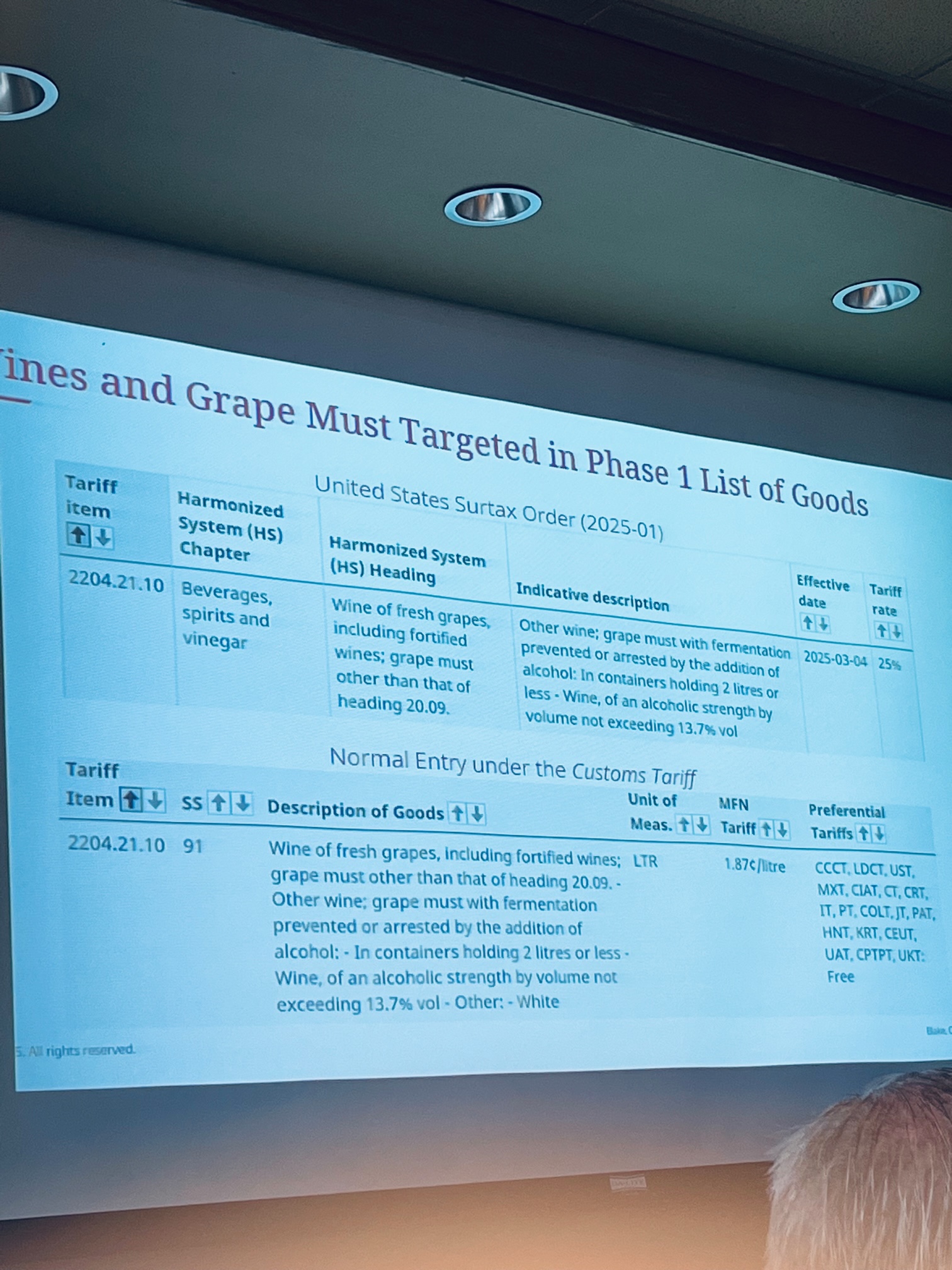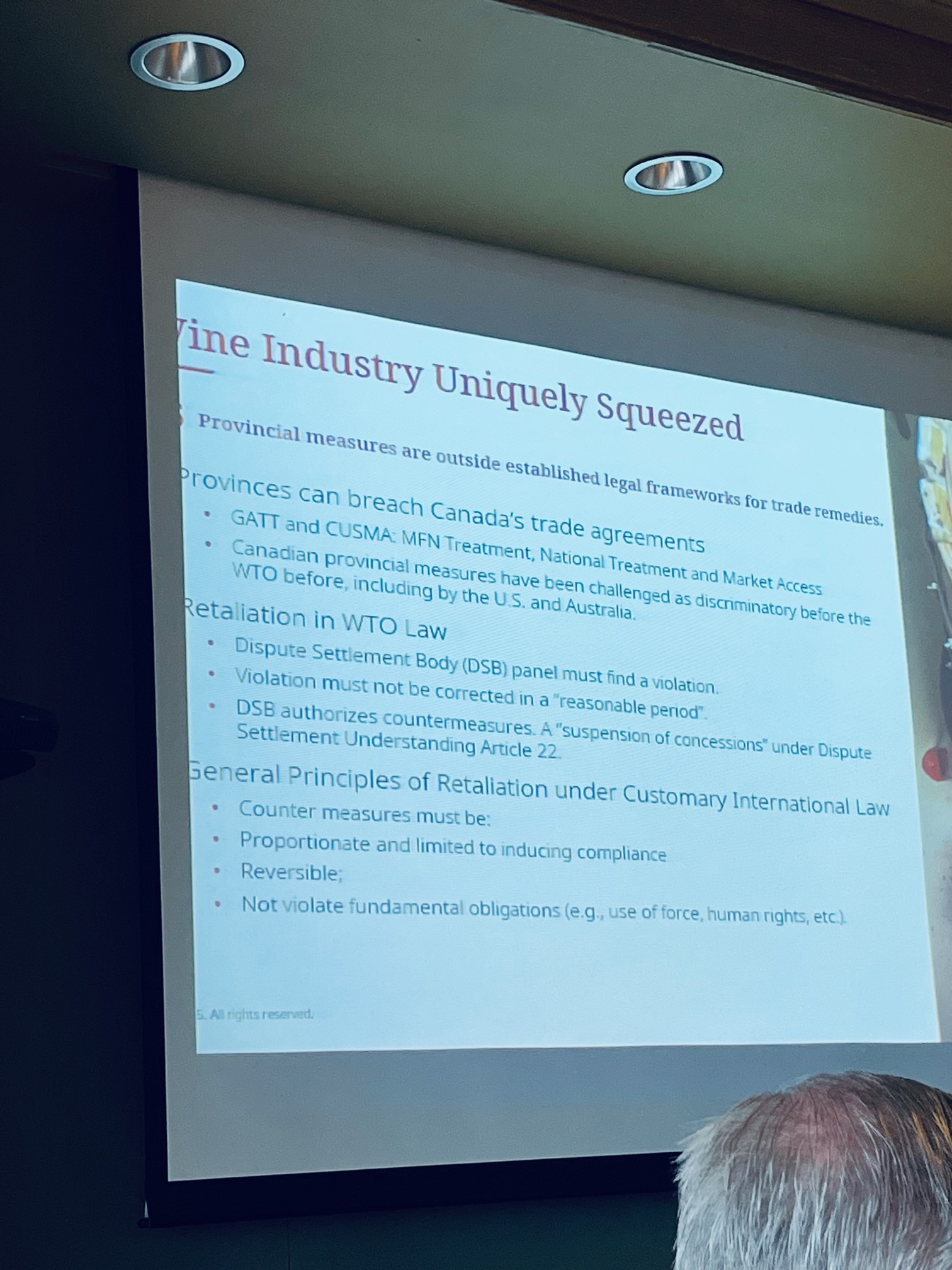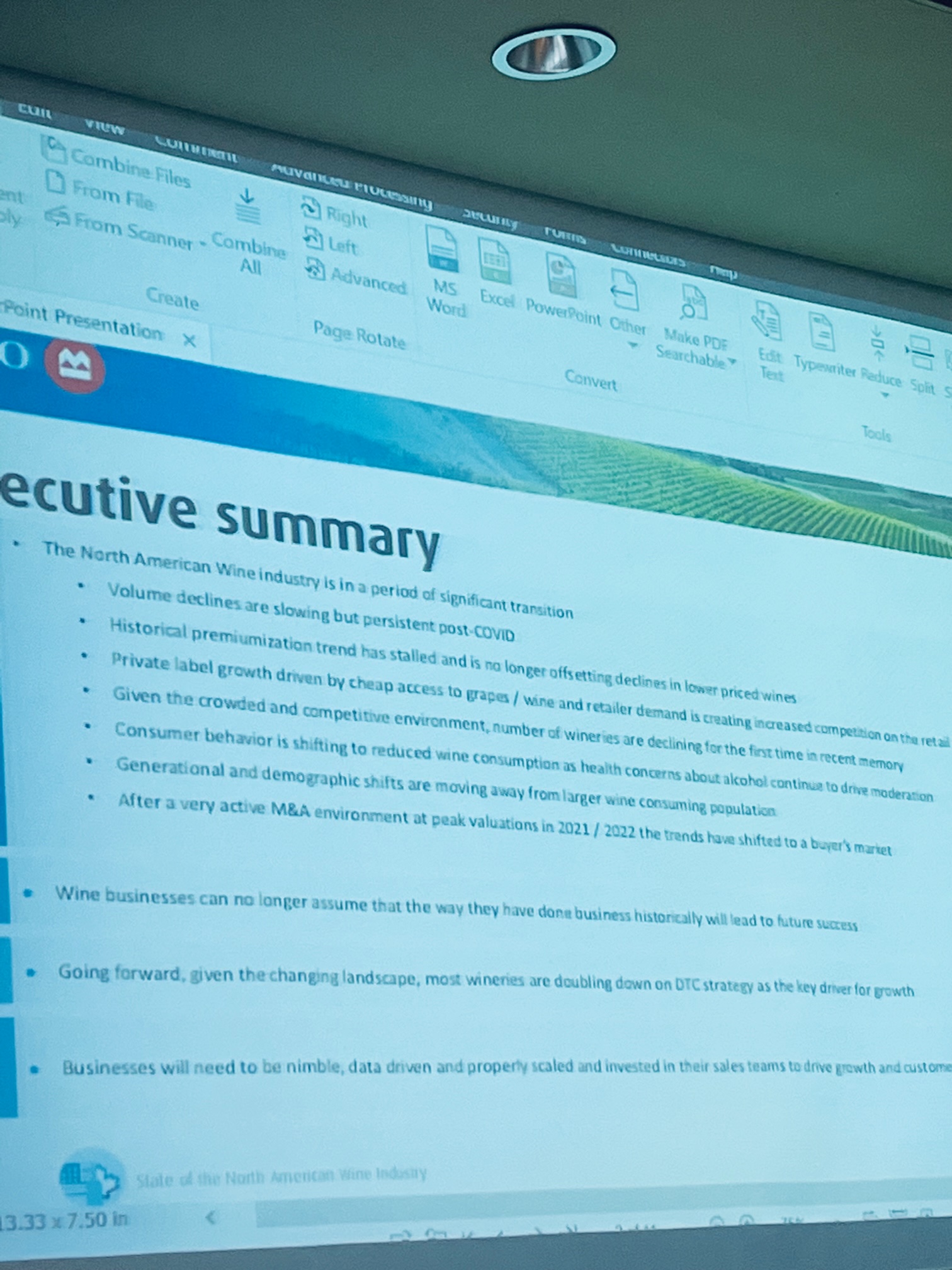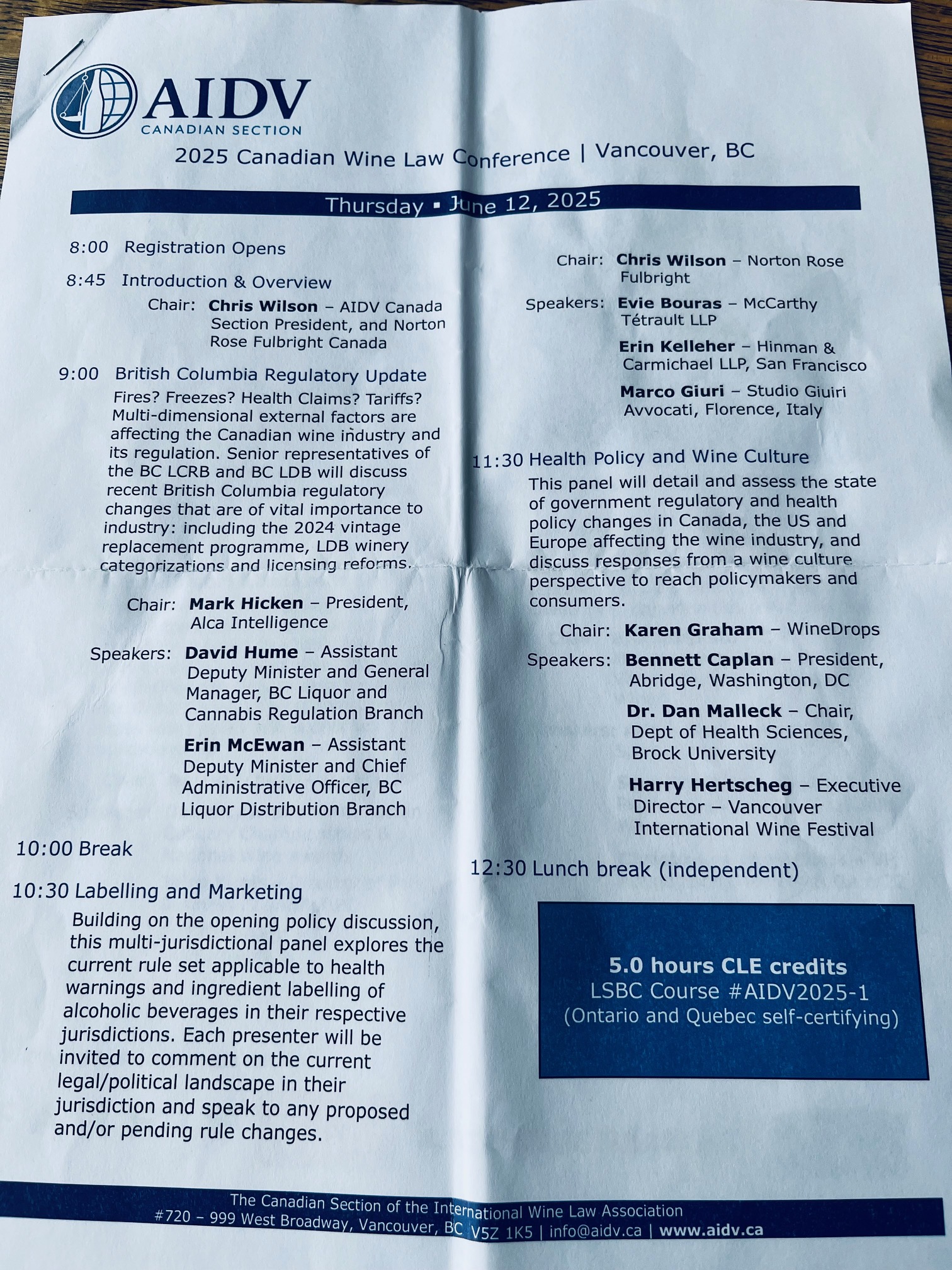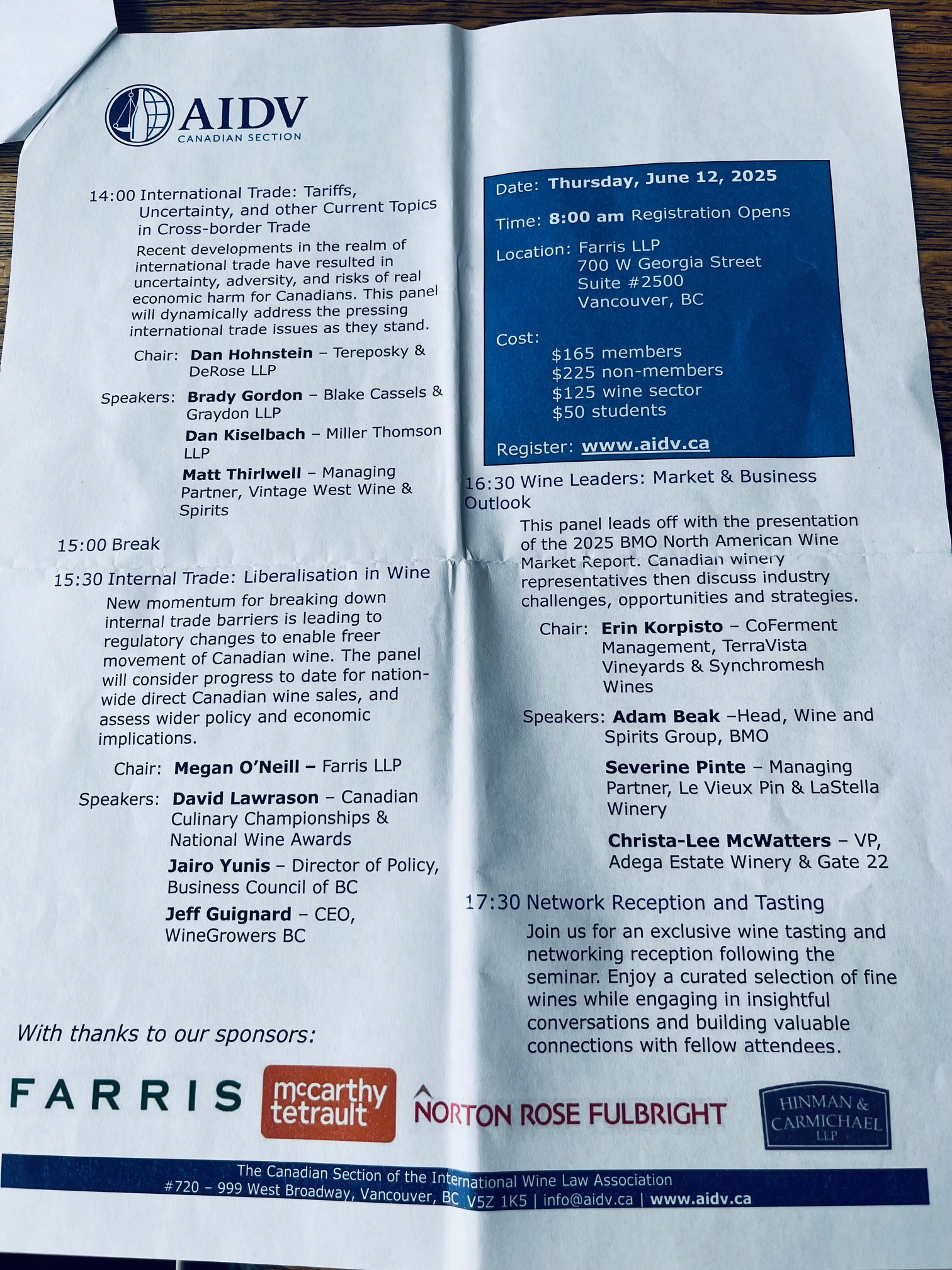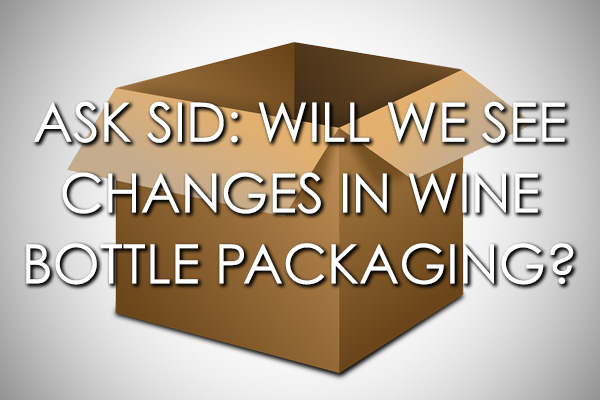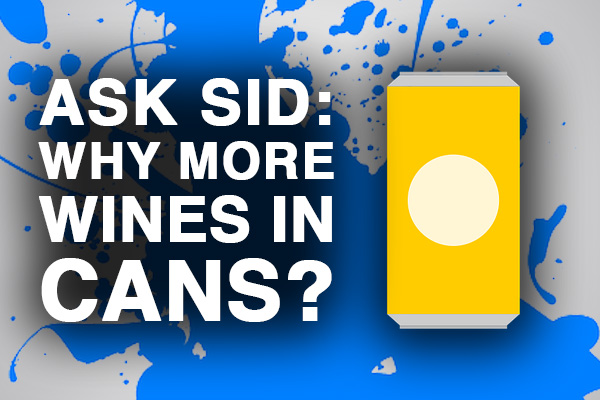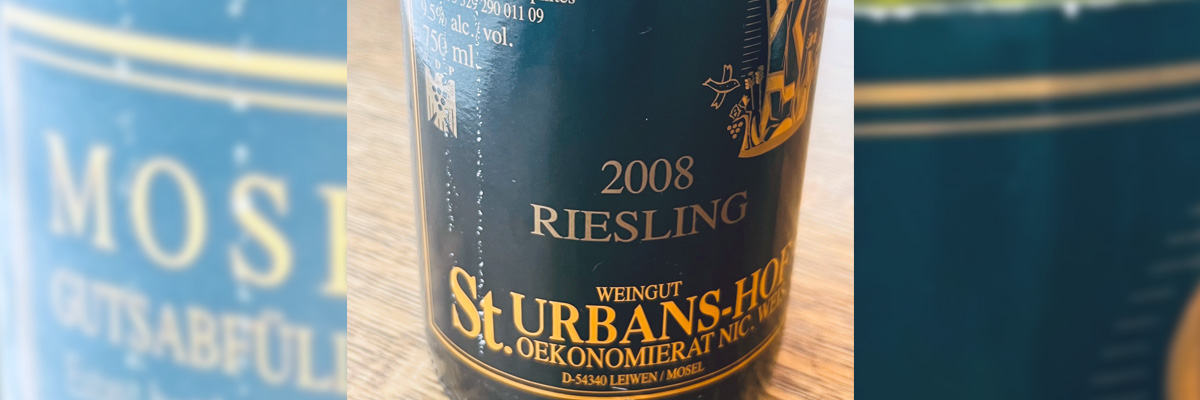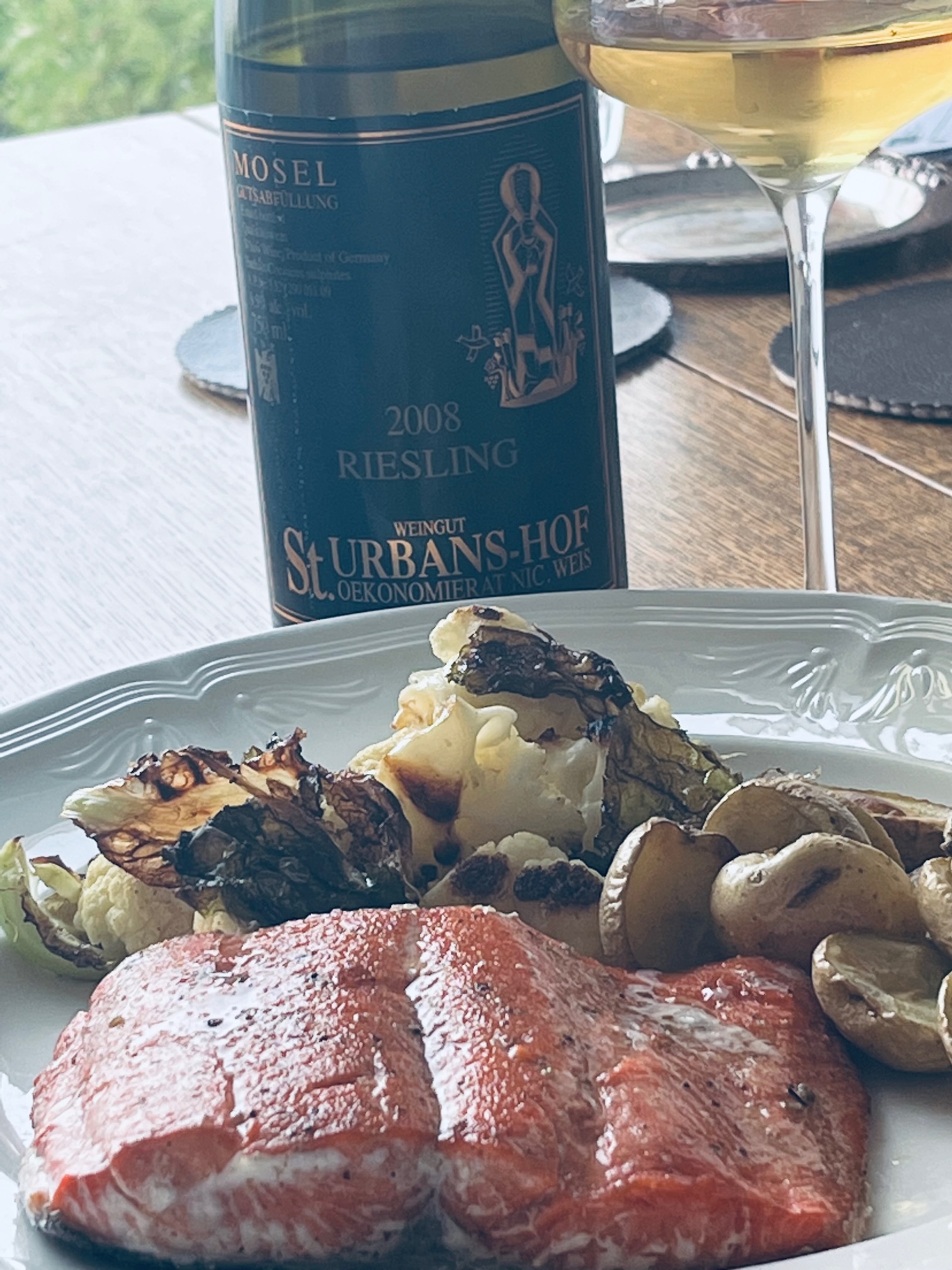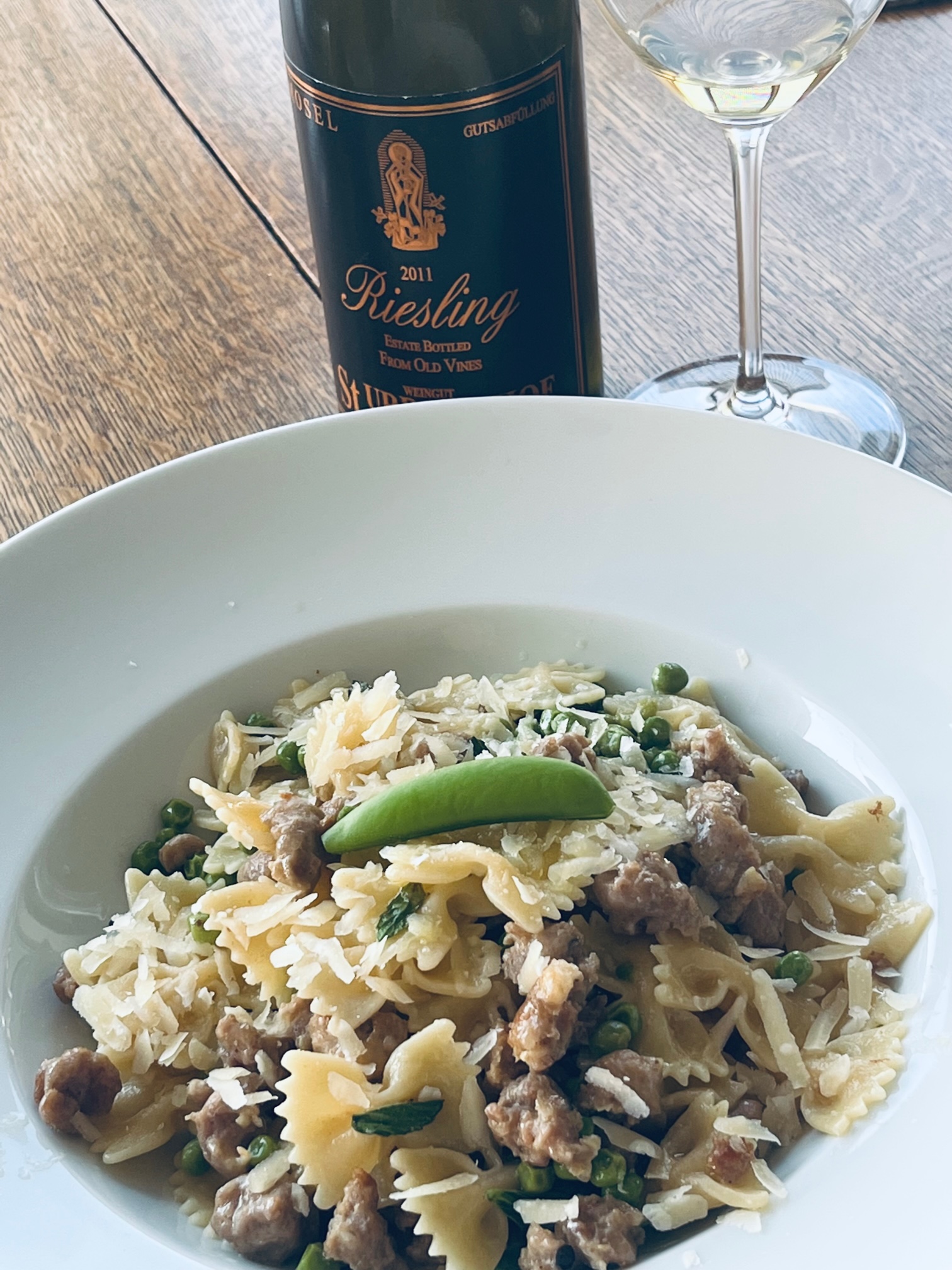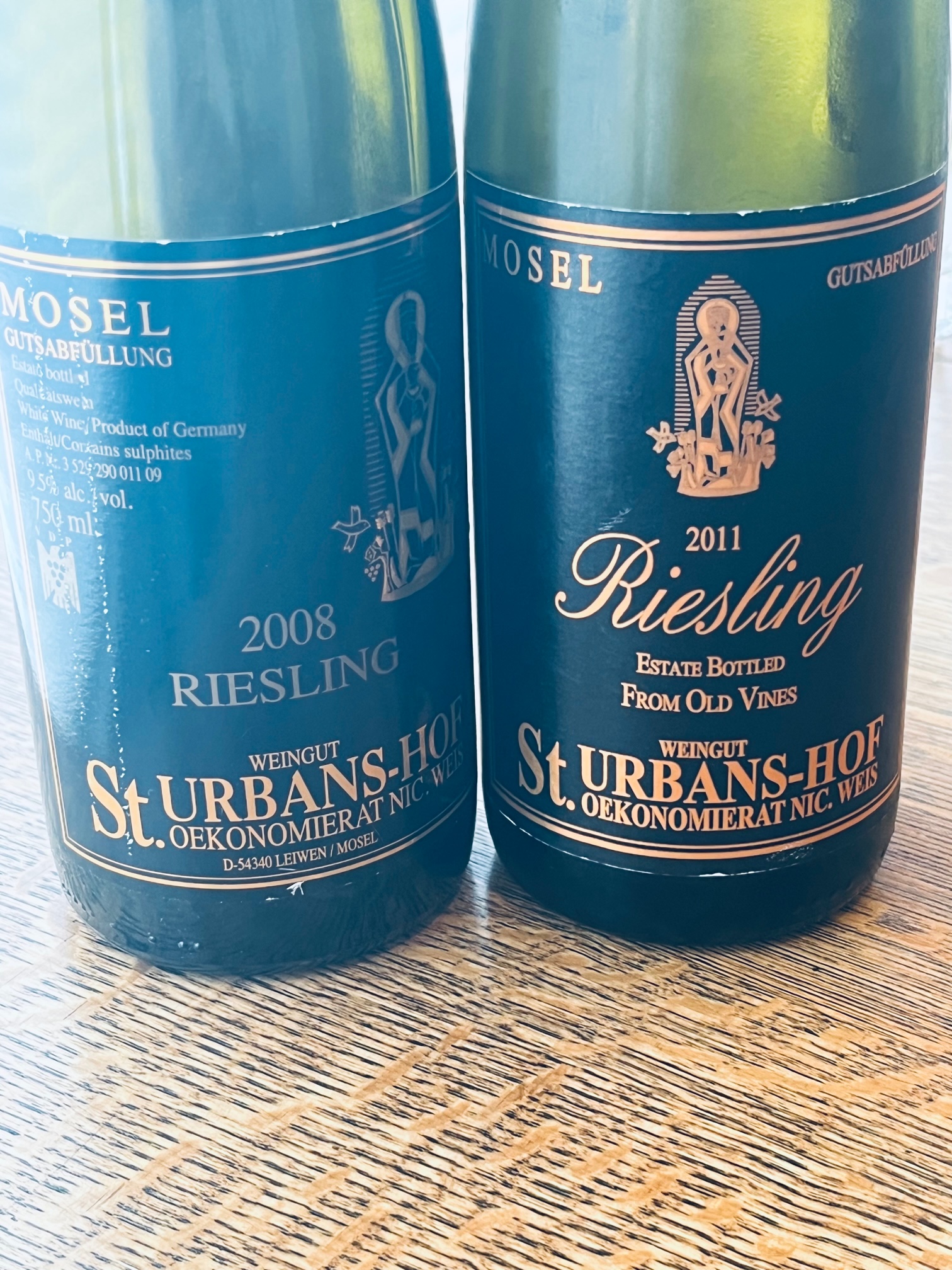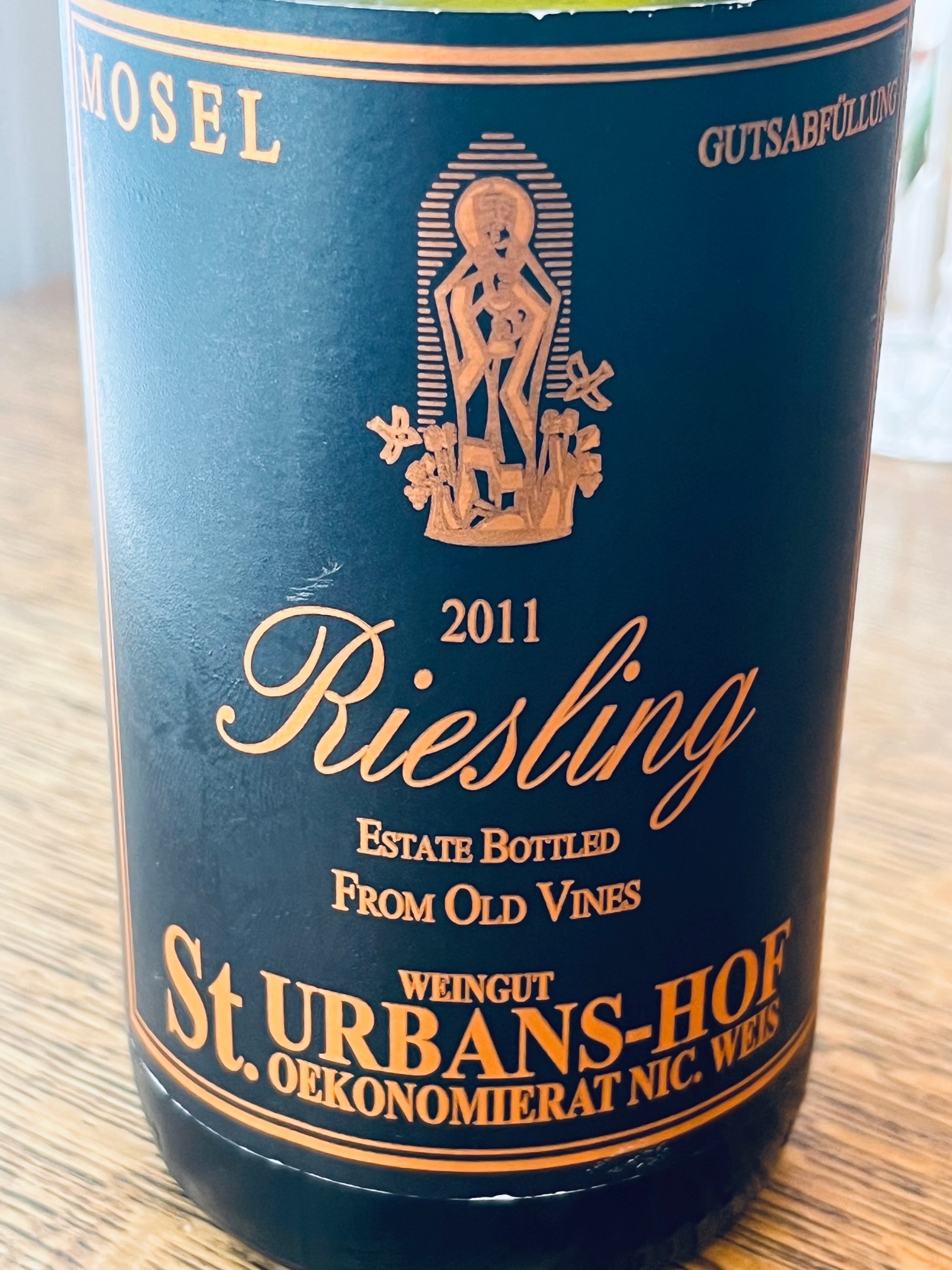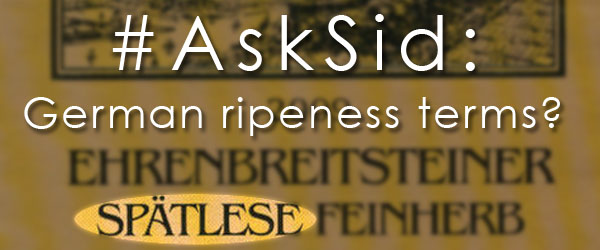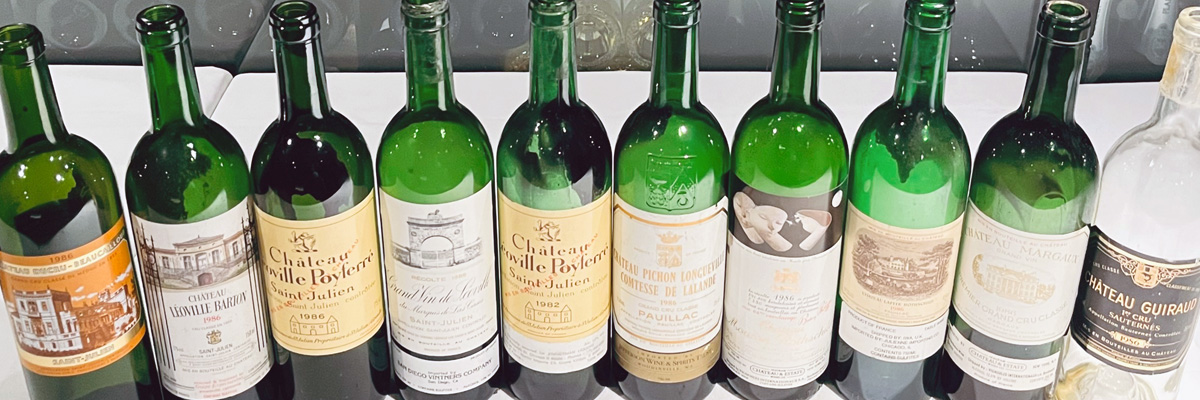
The eighties were the decade in which your scribe collected most of his cherished ageable Bordeaux. Sure there were some outstanding bottles in the sixties (legendary 1961, long distance runner 1966) and seventies (underrated 1970, tannic overhyped 1975, and miracle 1978) but those decades fade against the remarkable vintages of the eighties many still going strong. Pretty consistent run except for 1984 and 1987 as starting with under the radar 1981 like Chateau Margaux, less consistent 1983 better in southern Medoc & Pessac-Leognan but clean classic Pichon Lalande, hard to go wrong with brilliant 1982 and charming 1985 years, and 1988 last of old style and finishing up with a warmer 1989 (and 1990). However, early on the Left Bank 1986s were big backward quite tannic concentrated wines needing long cellaring. Got a chance to try over the years many Left Bank 1986s since bottling and most continue to show encouraging development of their concentrated fruit. Now nearing 40 years of age it was an appropriate time to assess their current development. The Vancouver Group of Eight at meeting #132 held a tasting/dinner on June 24 at Blue Water Cafe featuring 8 well chosen top examples. We started with 2004 SAINT-GALL ORPALE BLANC DE BLANCS GRAND CRU a very prestige cuvee by this grower’s coop using quality grapes from Mesnil-sur-Oger, Cramant, Avize, and Oger with long lees aging. Surprised how fresh alive vibrant these delicate fragile elegant bubbles with higher acidity are showing. Only partial malolactic fermentation works. Interesting and refreshing on the palate with unique opening scallop course.
The 1986 reds followed with a First Flight all Saint-Julien:
1986 CHATEAU DUCRU-BEAUCAILLOU:
Dark, lighter rim, leafy earthy very Bordeaux elegant nose more than a clear S-J definition from this excellent gravel slope. Superb terroir site. This bottle re-corked at Chateau in 2011 because of controversial Cellar TCA issues at the end of this decade. Structured with acidity balance but drier and not the best singing bottle of this vintage. There are better bottles.
1986 CHATEAU LEOVILLE BARTON:
Deep very dark to rim with concentrated Cab Sauv statement less medicinal notes shown by some vintages. Slowly coming together but still rather big hard backward with potential. Lacks a bit of charm and finesse which may still develop. Always bought this property because outstanding value. Promising. Most hopeful. No rush. Patience.
1986 CHATEAU LEOVILLE POYFERRE:
Quite dark with paling edge. Solid but more herbaceous from very young vines replanting by Didier Cuvelier with Emile Peynaud consulting. Later on Michel Rolland changed style direction from 1994. Ian Mottershead found this “more exotic”. Lovely drinking now but lacks complexity compared to LLC. Making outstanding St. Julien the past few decades!
1986 CHATEAU LEOVILLE LAS CASES:
Deepest and darkest with best open classic St Julien intense classy bouquet. Impressive cedar with tobacco showing dense layers of complex smooth flavours with helpful 4% Petit Verdot. Nick Wright liked “more weight more fruit and more structure.” Already a treasure and will continue on this high plateau for a long time. Delicious. Both mine & group favourite of First Flight.
MYSTERY BLIND – 1982 CHATEAU LEOVILLE POYFERRE:
Redder more mature tones looks older. A sous-bois mushroom herbal style is ready now. Softer easy simpler elegant S-J. Not a top 1982 but interesting drinking superbly with a tasty refined Chicken Supreme with morels dish.
This flight is only missing the great St Juliens of Gruaud Larose & surprising Talbot that both really sing eloquently in 1982 & 1986 and are just best plateauing right now.
Second flight of 1986s featuring 3 top Pauillac & the Chateau Margaux. Ian determined that the most popular food matching for these big wines according to the proprietors is rib eye steak therefore he so ordered:
1986 CHATEAU PICHON LONGUEVILLE COMTESSE DE LALANDE:
Lighter look but together. Emile Peynaud called it “the most tannic wine ever” and May de Lencquesaing always optimistic about its future. In tough company here but shows well the mellowing tannins with graphite and mint. Nick said it “has more charm and reminds me of Palmer” and Fred Withers “at a perfect spot with elegance and balance.” It is developing nicely as Pichon.
1986 CHATEAU MOUTON ROTHSCHILD:
So dark & deep right to the edge. Big & powerful as expected with outstanding concentrated Mouton style with 80% Cab Sauv. Wondered about it presently as several 100 point scores earlier on but last year in Fine Wines Andrew Jefford stated it was “perfect once but not now”. However this bottle is most impressive again for me and now is nearing classic perfection. Perhaps catching that remarkable sensual 1982 and about to pass it? Loved unanimously as clear group fav – Wine of the Night!
1986 CHATEAU LAFITE ROTHSCHILD:
Less deep with paling rim. Shows wonderful cedar and cigar box with energy & delicacy. Finishes tannic. Not quite clean pure enough bottle but quality comes through. Excellent balance but believe this is not the very best vintage of Lafite (or Latour) compared to other stellar years.
1986 CHATEAU MARGAUX:
Very dark deep young intense colour. Still closed in. Chateau Margaux has charm in 1985 but more austere backward atypical style in 1986. Always powerful with rich concentration and balance. Quite firm but your scribe feels this vintage still has great potential. Promising future with lots of fruit remaining but requires even more patience.
1986 CHATEAU GUIRAUD SAUTERNES:
Always has so much high percentage Sauvignon Blanc in the blend with the usually more dominant Semillon. Forwardly and the sweetness is a balanced delight perfect now with orange tart dessert.
You might also like:
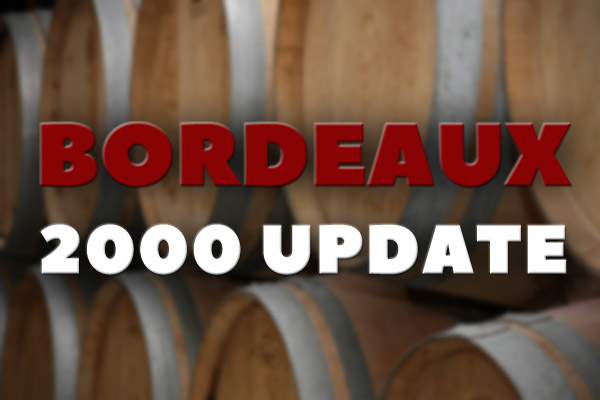 |
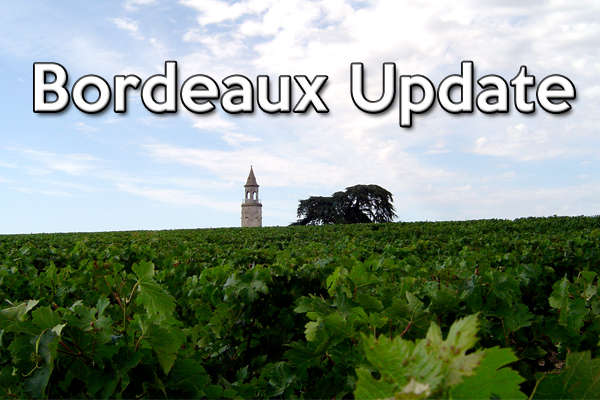 |
 |
